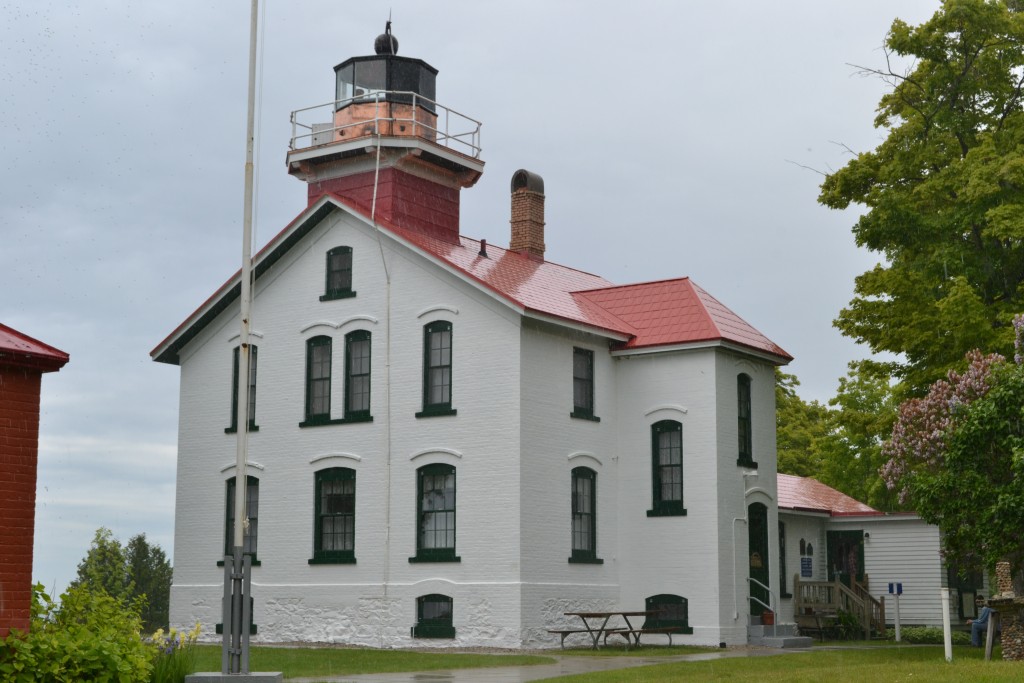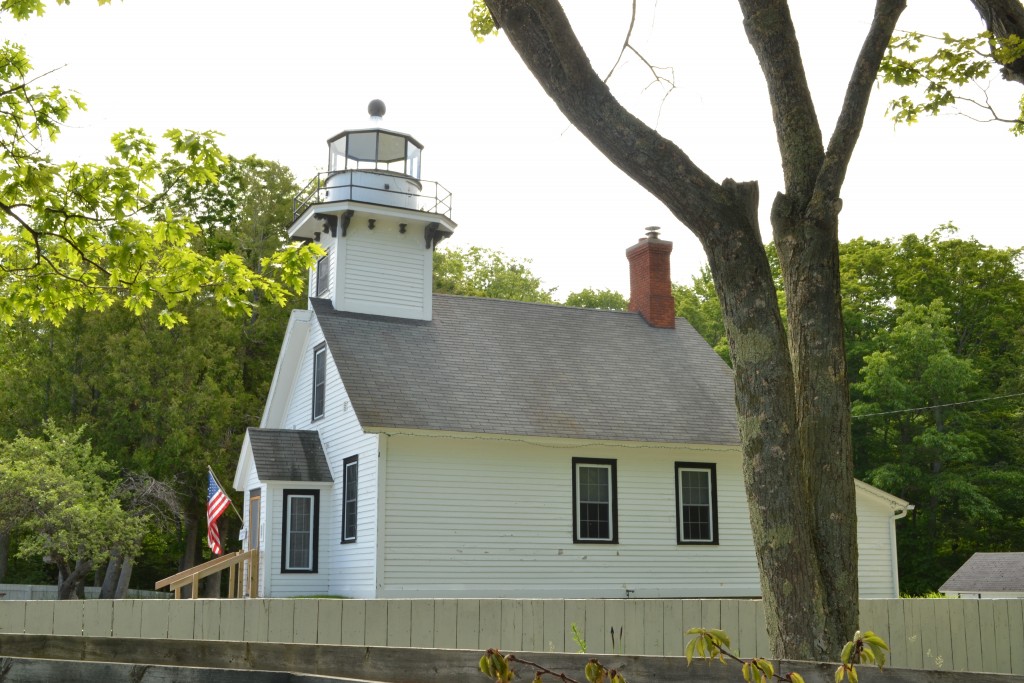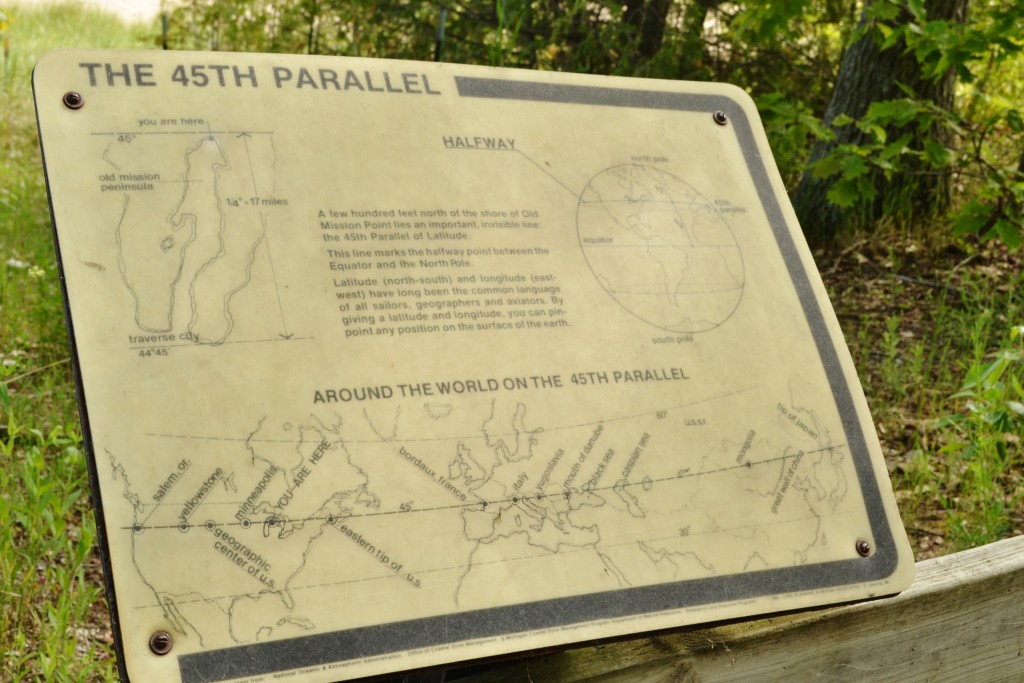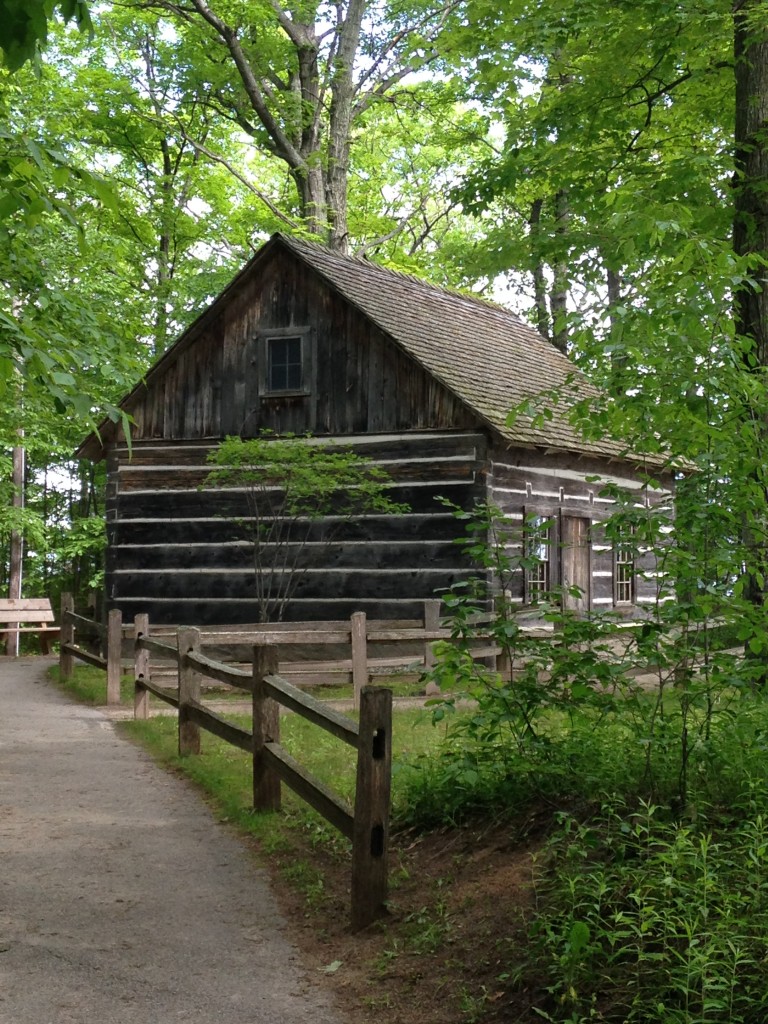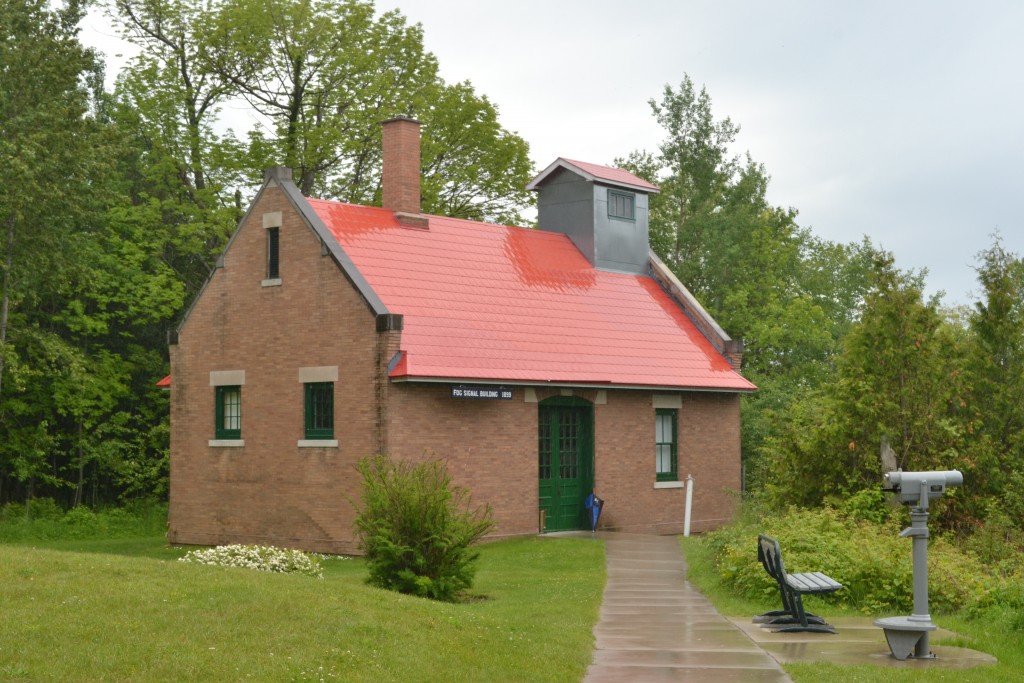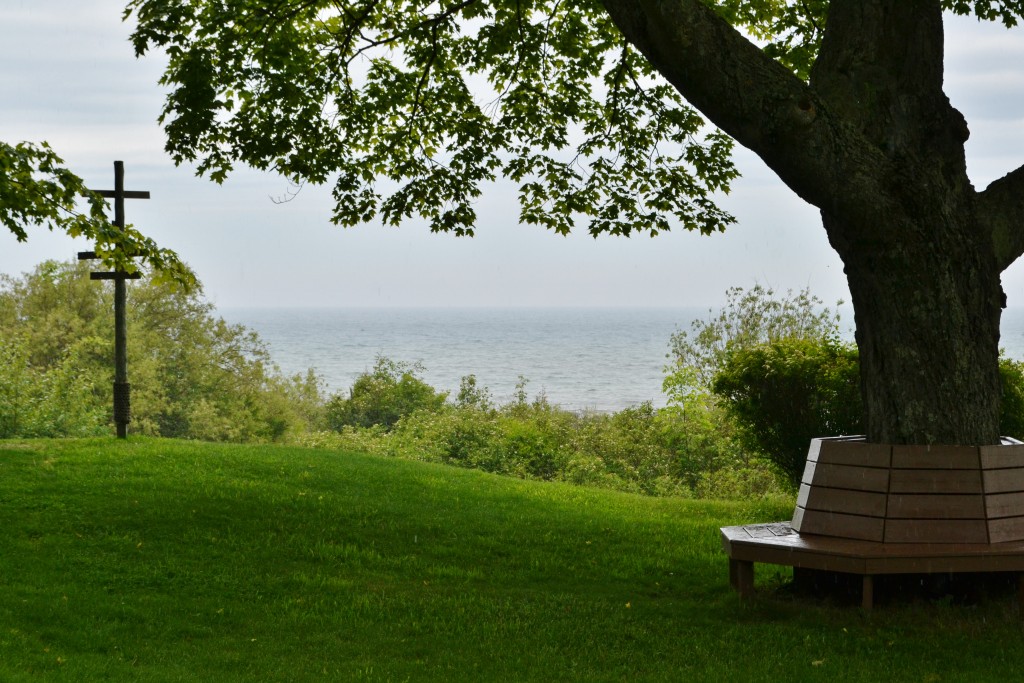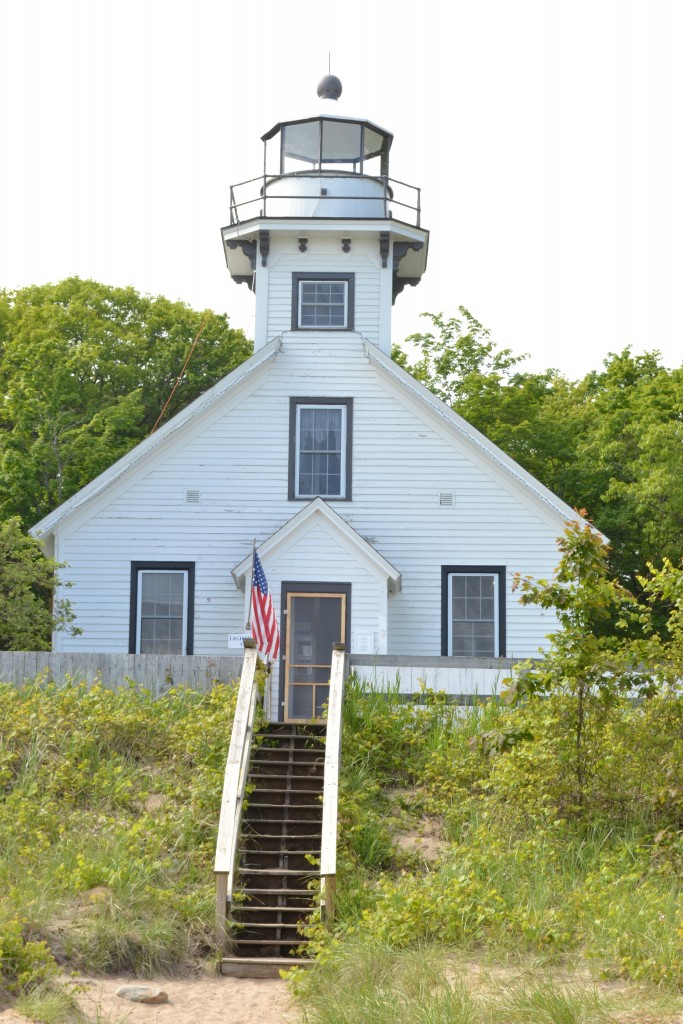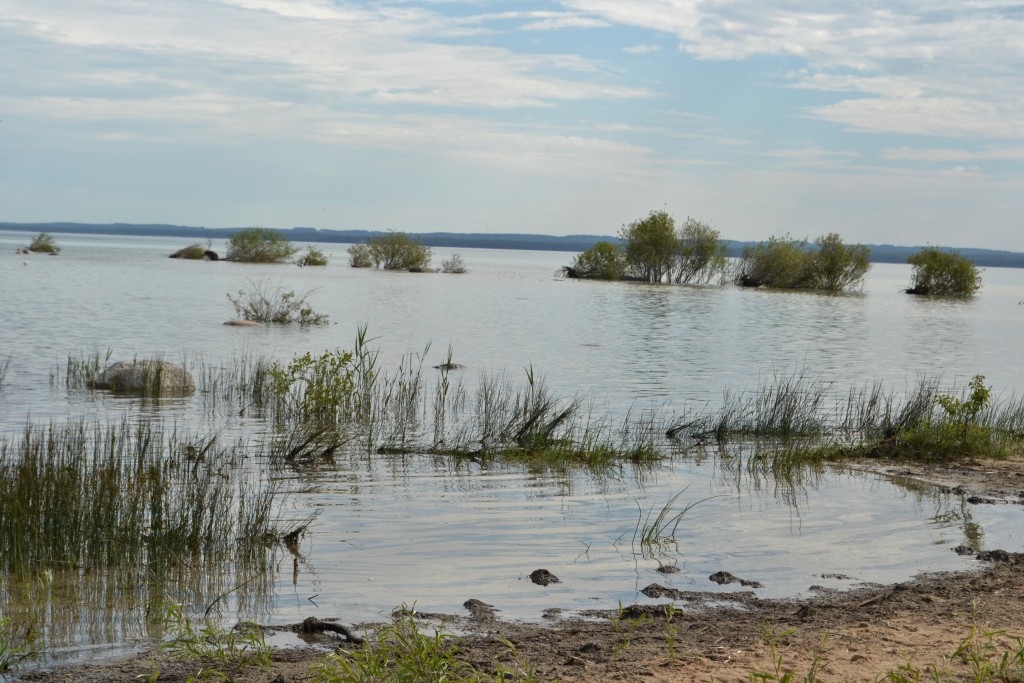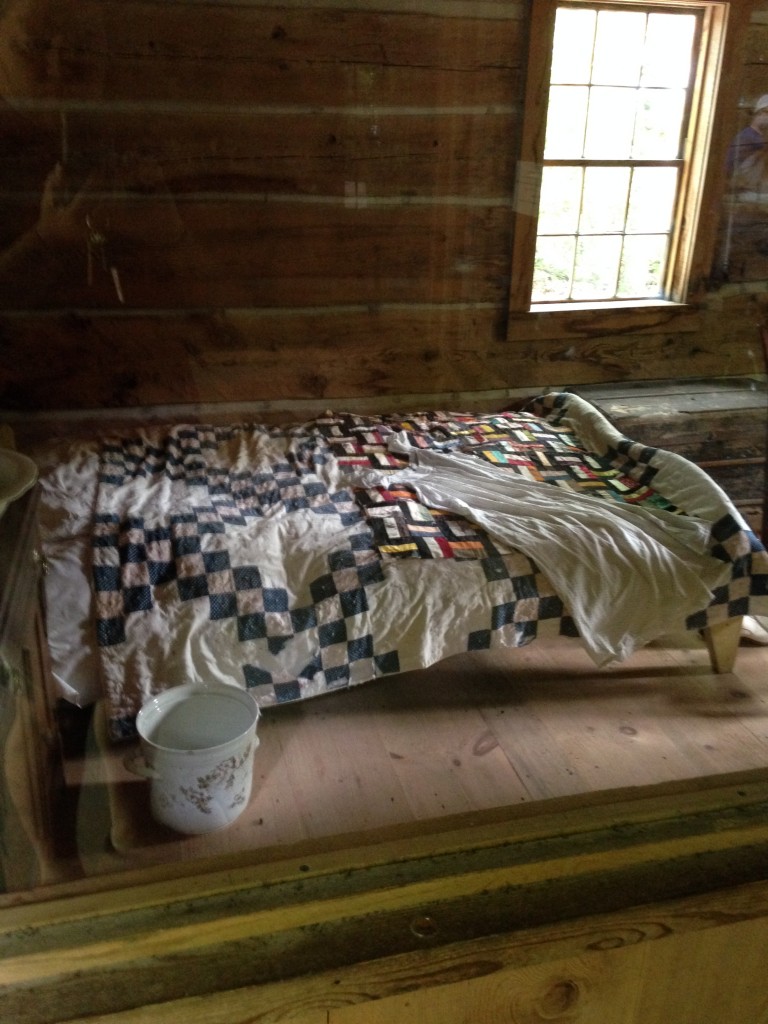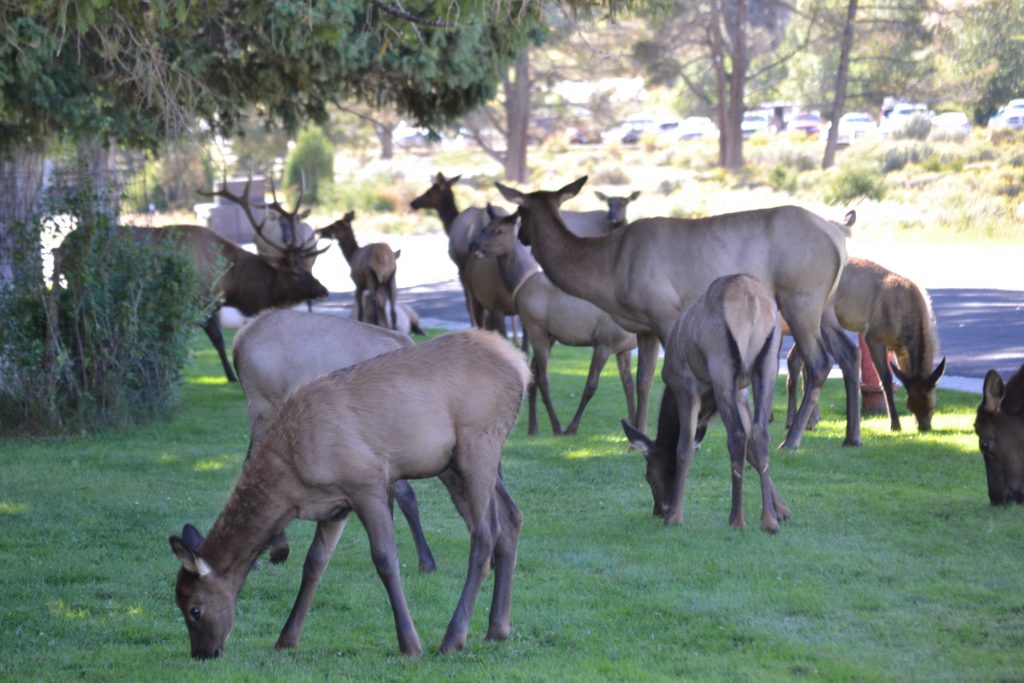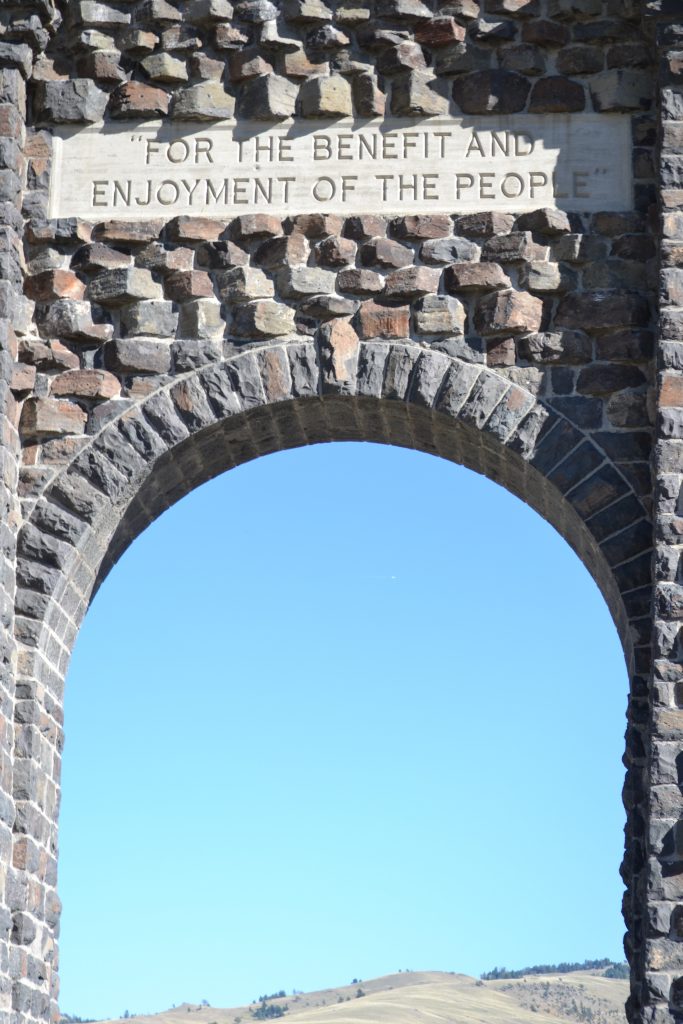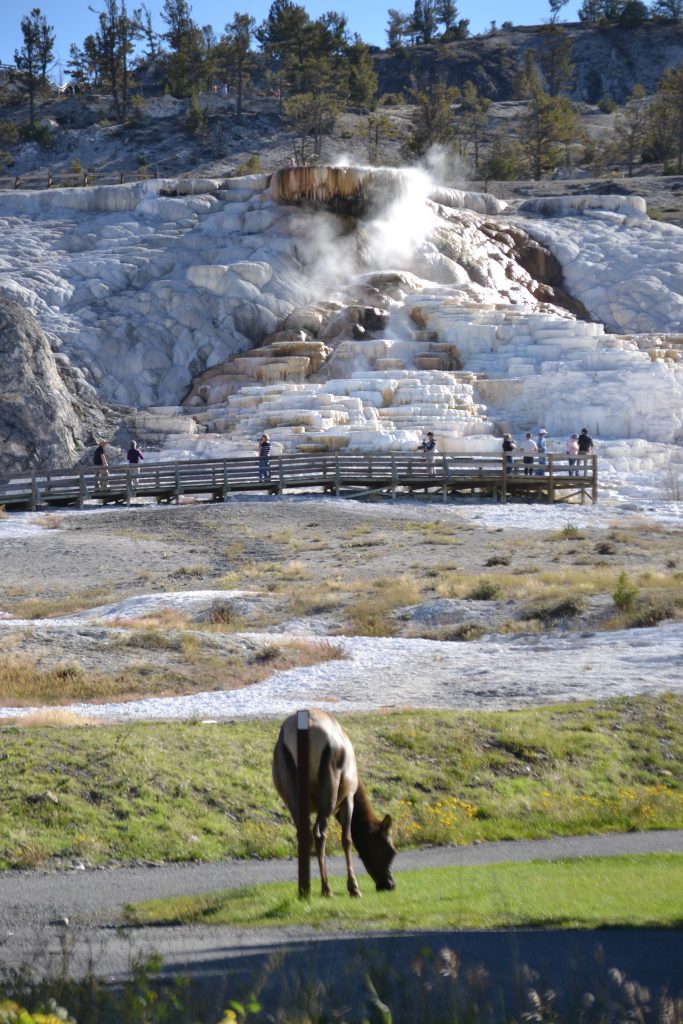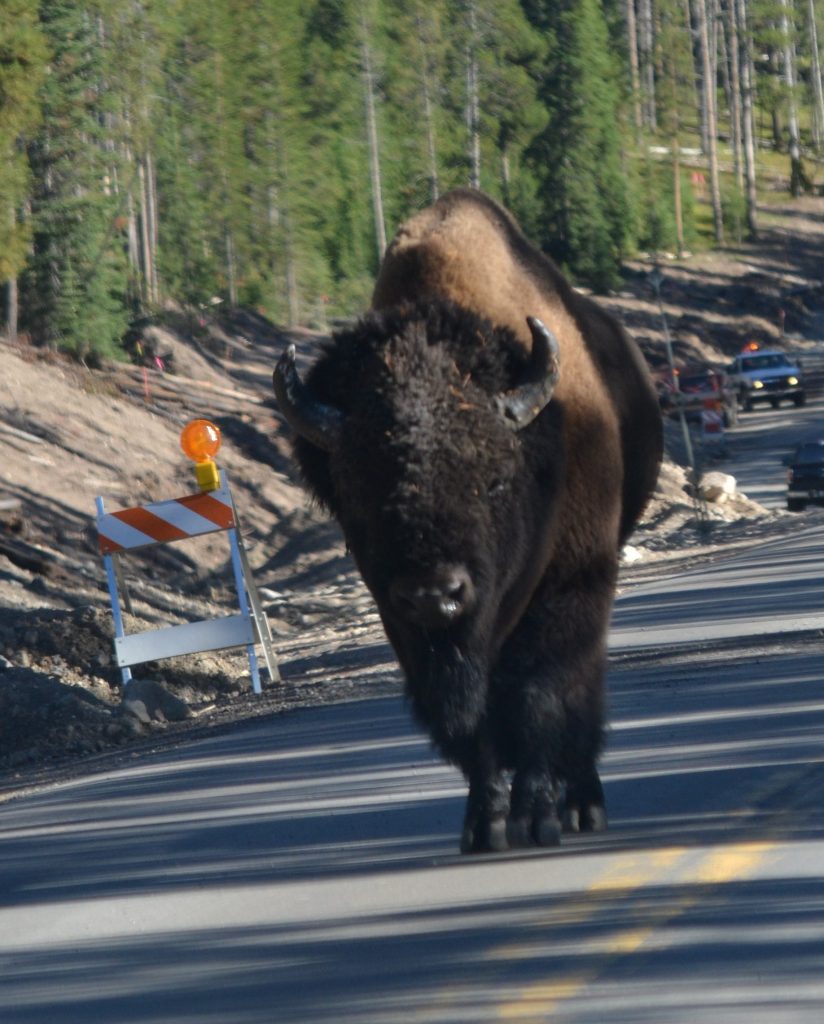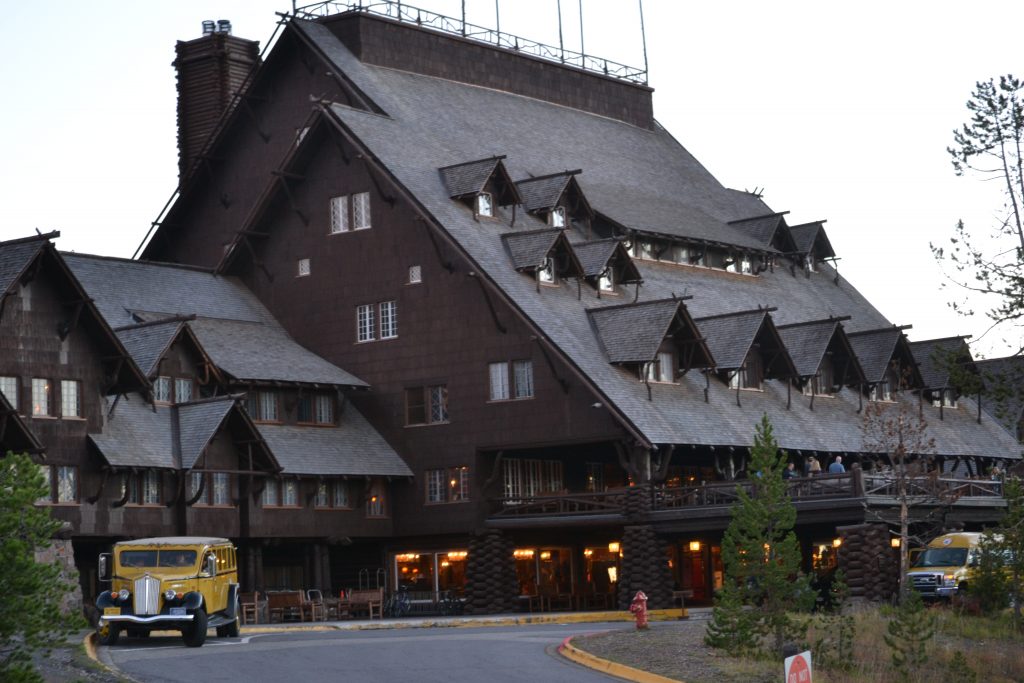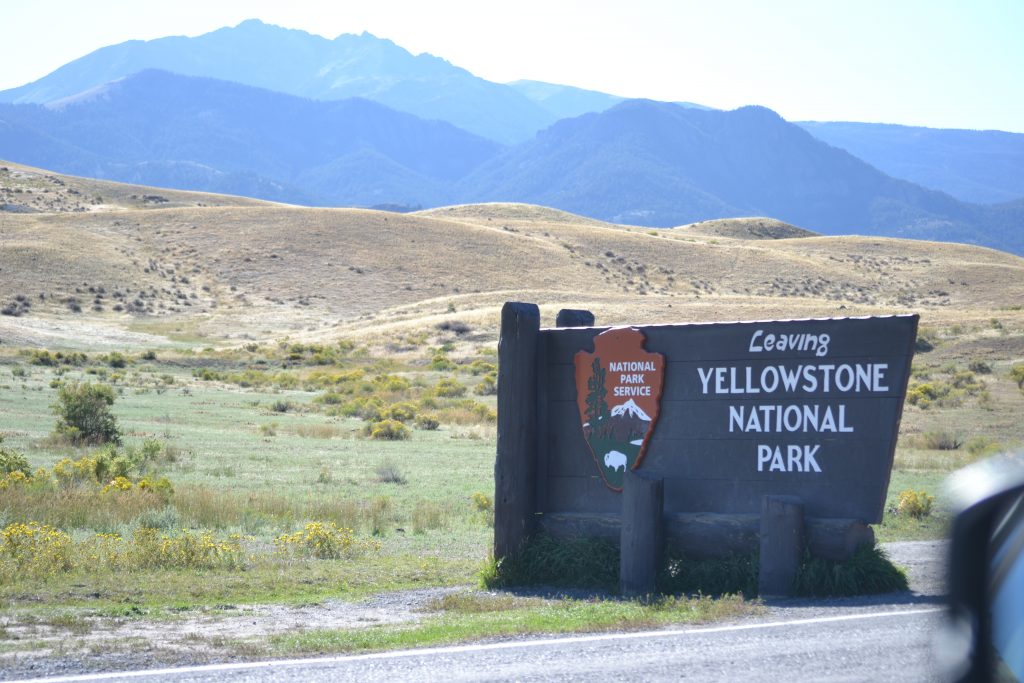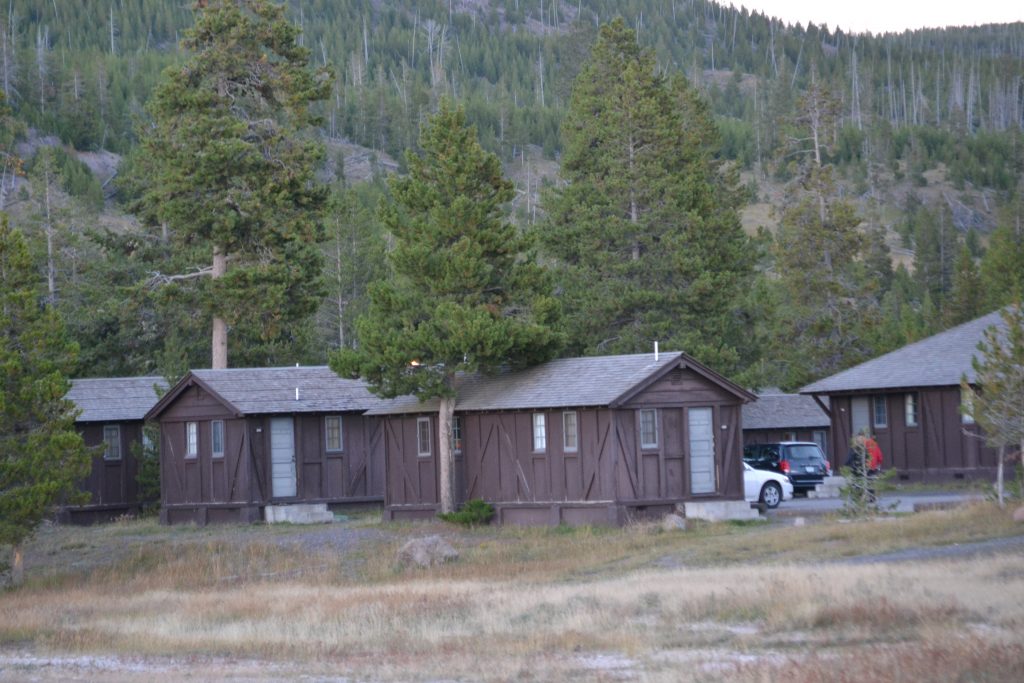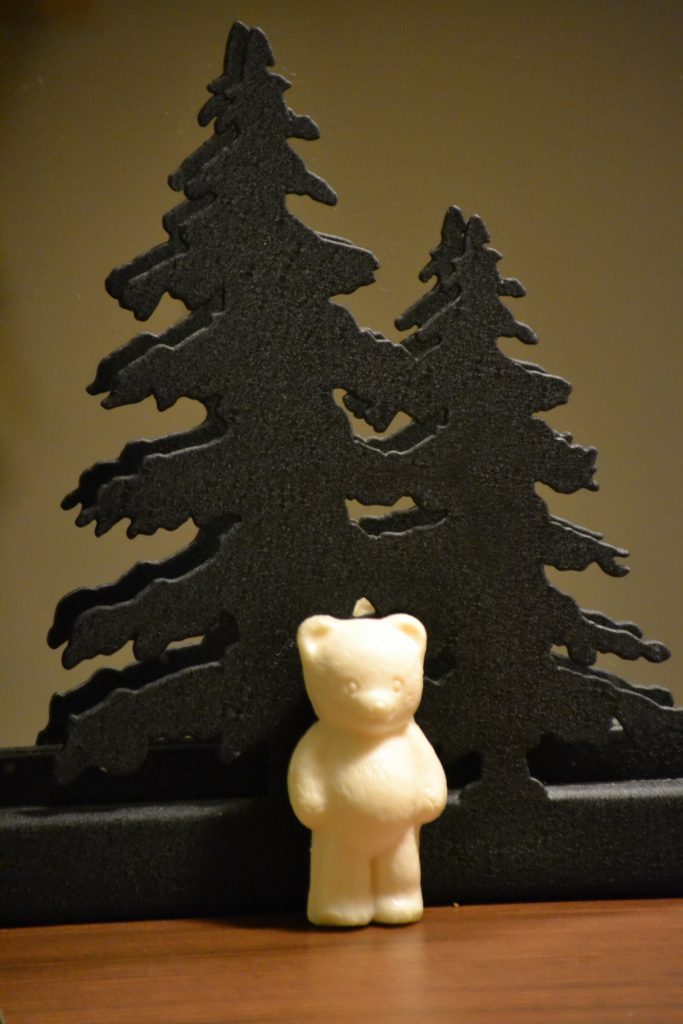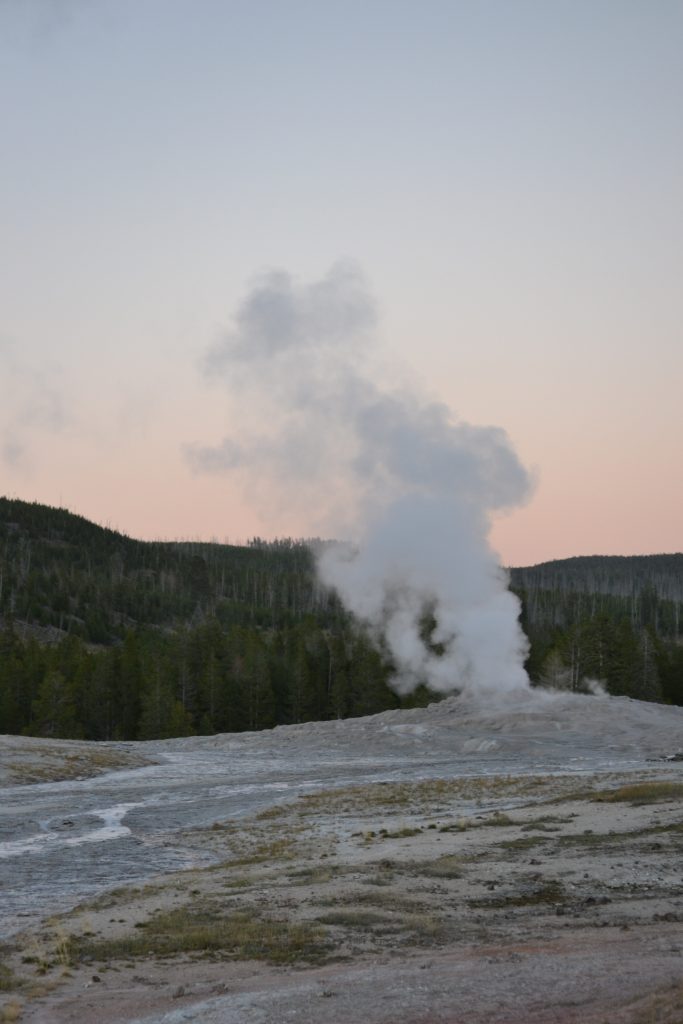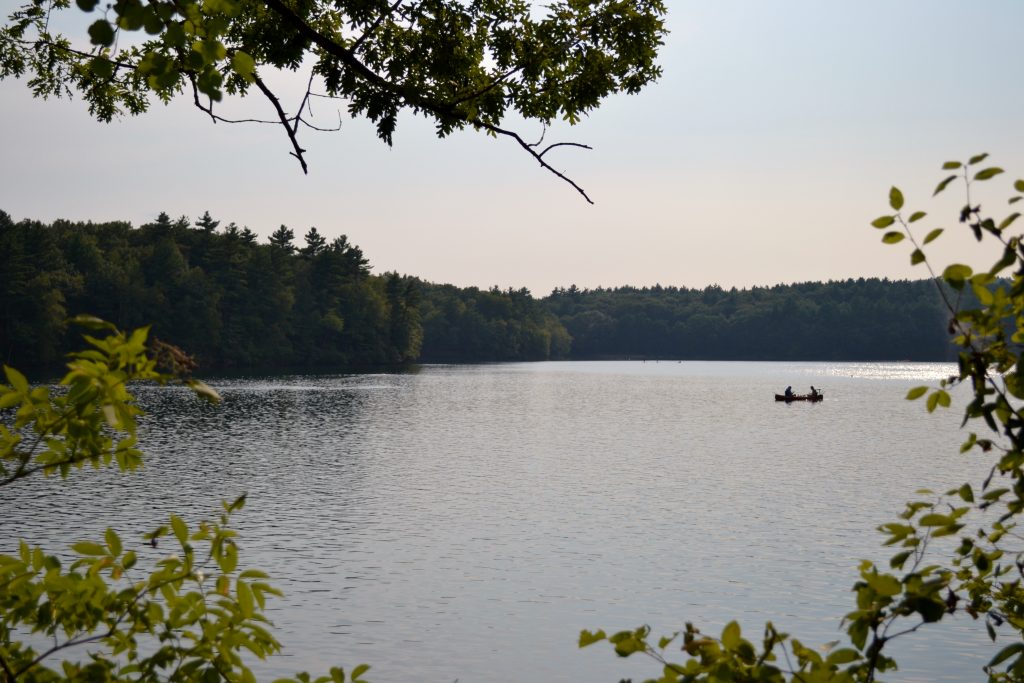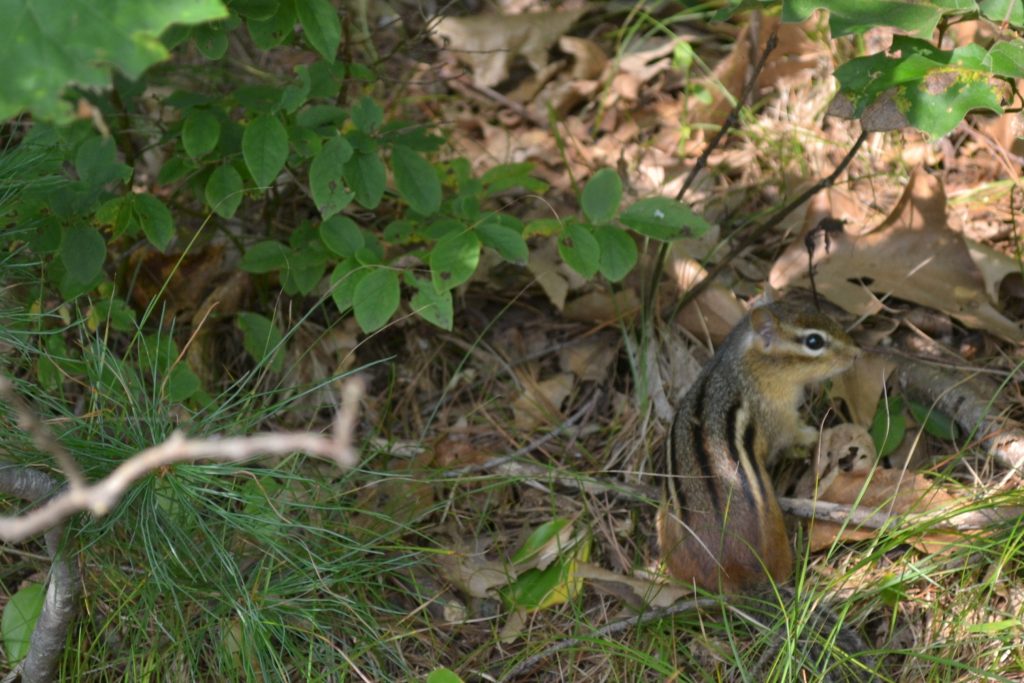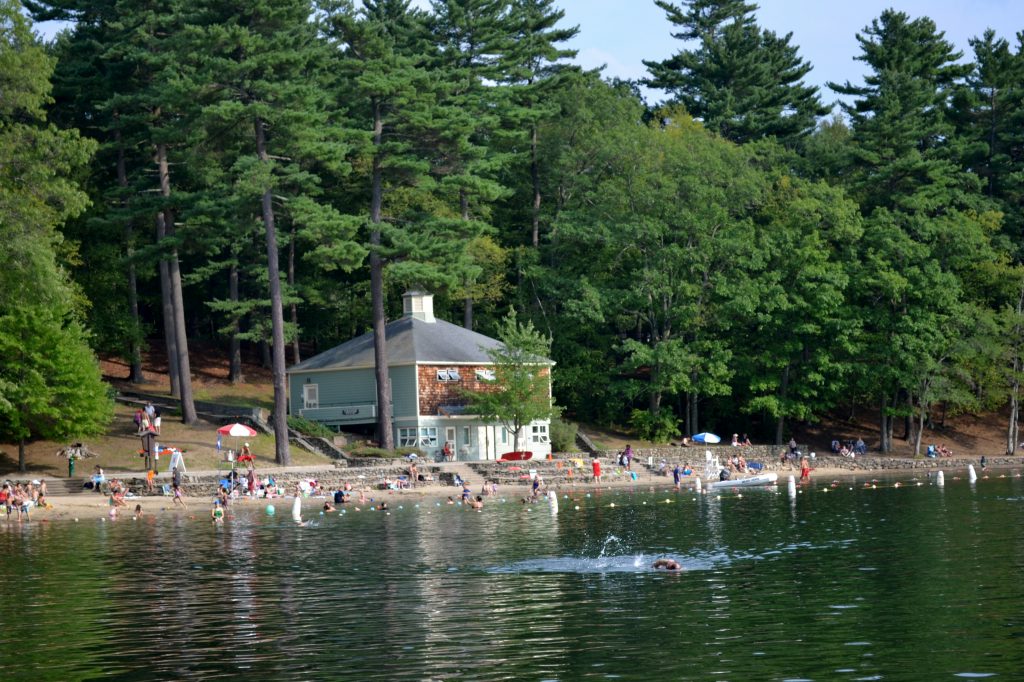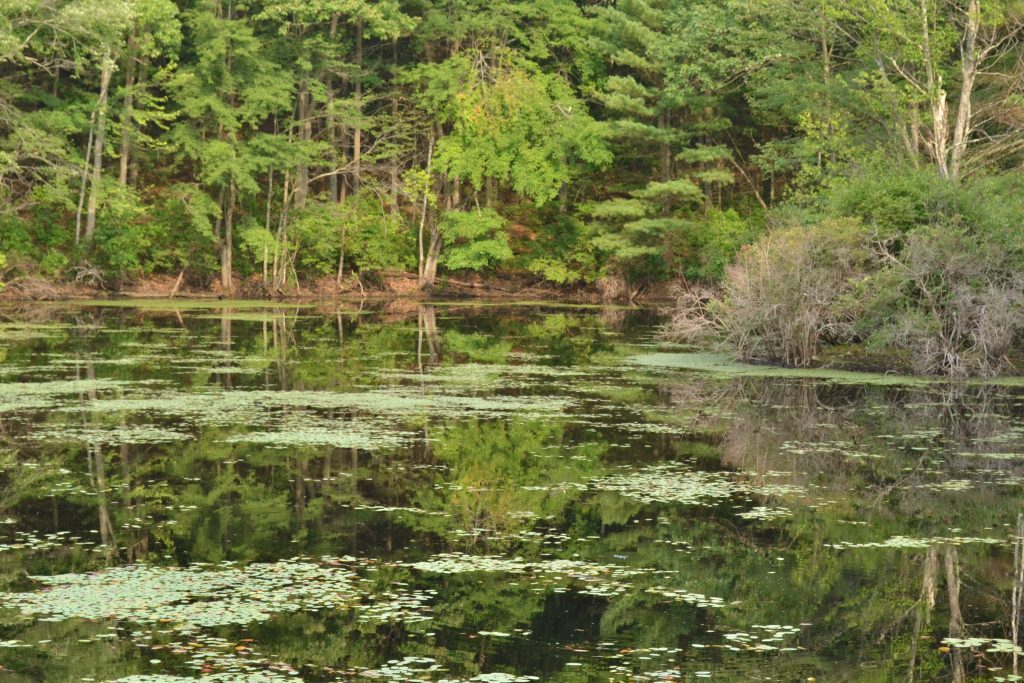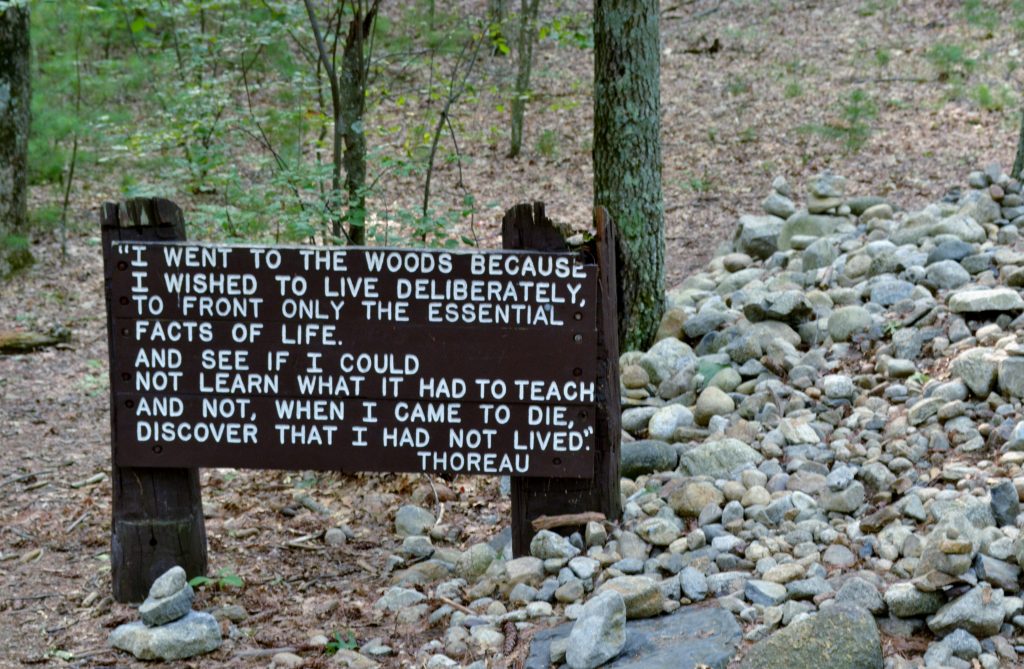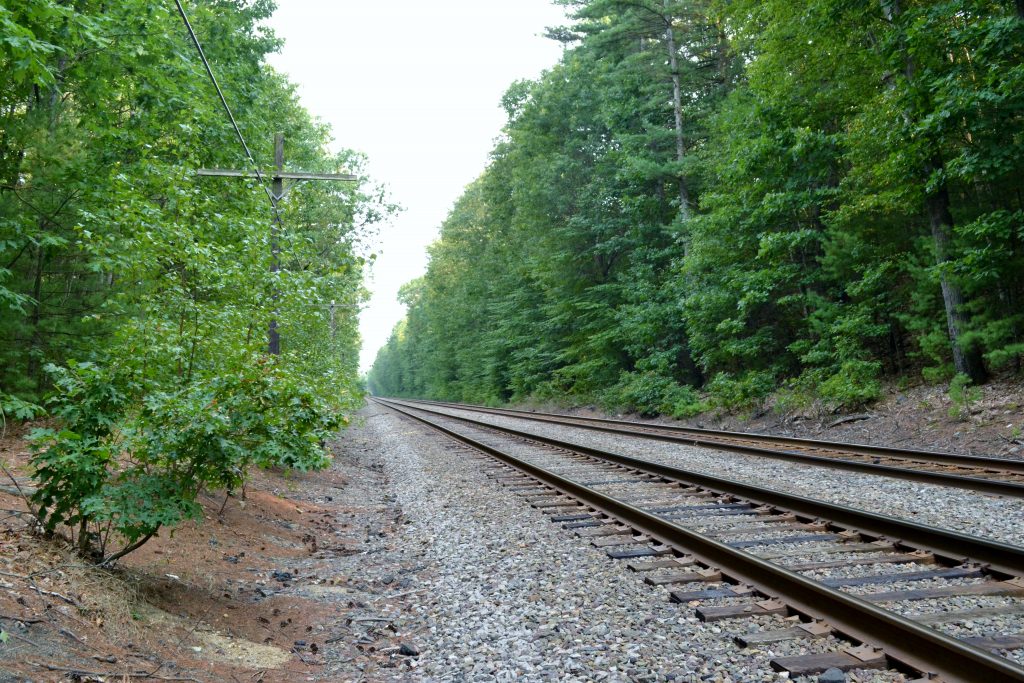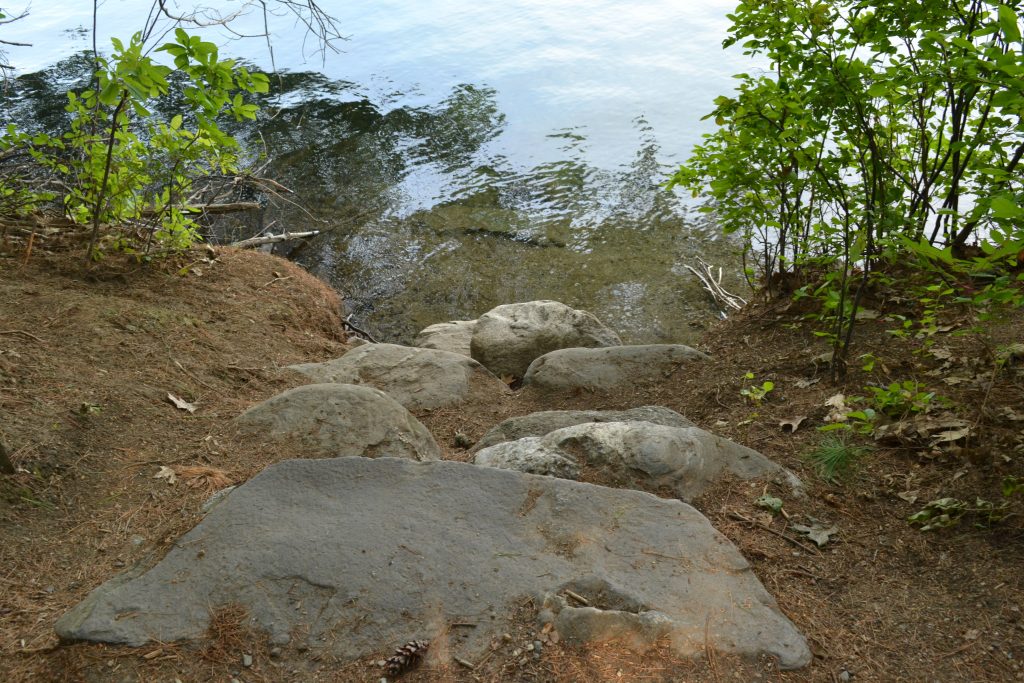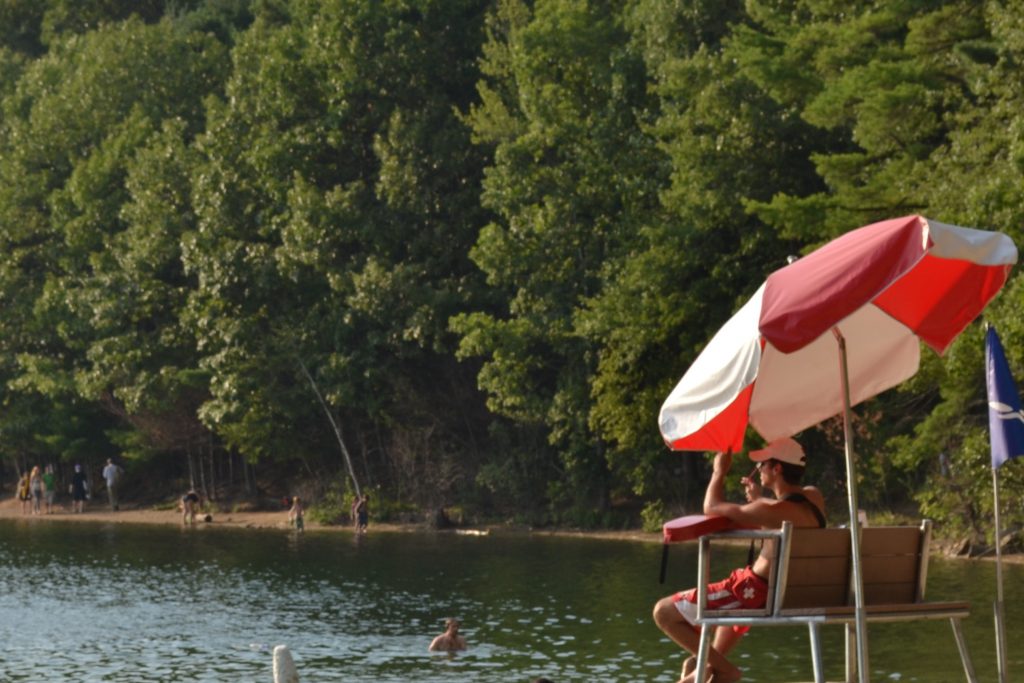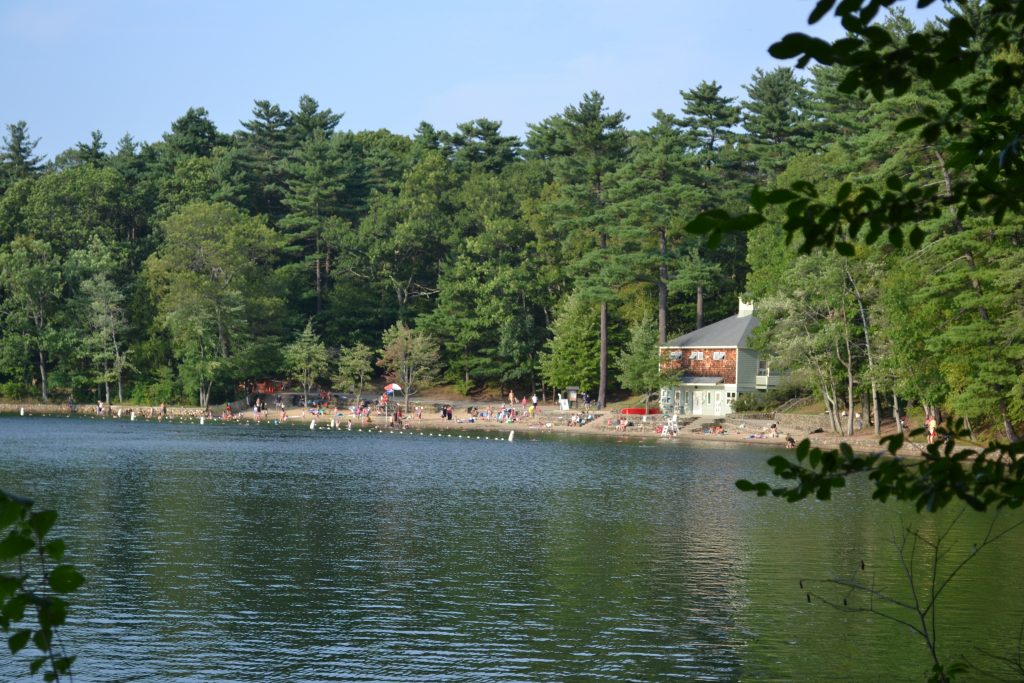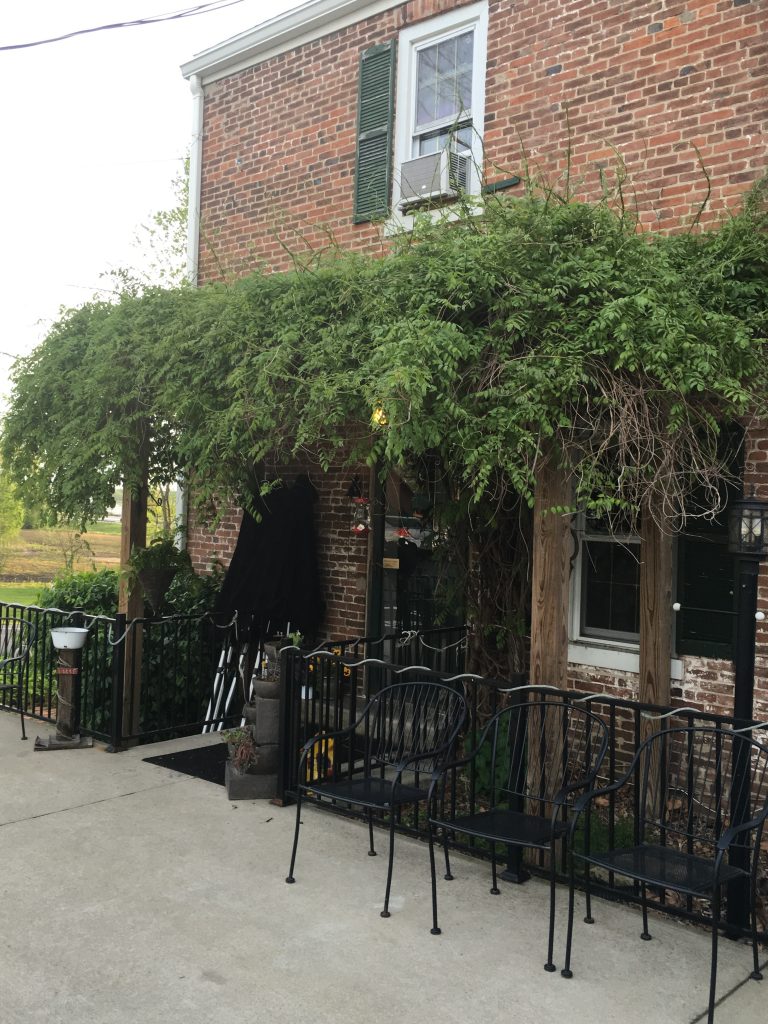
Growing up in Springfield, I was well aware of several historical names associated with my town. From George Rogers Clark to Shawnee chief, Tecumseh, one name stands out in the history of our city, Simon Kenton.
Friend to Daniel Boone, Kenton traveled to Ohio from Virginia and settled on 50,000 acres of land between today’s Springfield and Urbana. Building a cabin on the outskirts of Springfield, his former property is now the Simon Kenton Inn and was the first white settlement in the state.
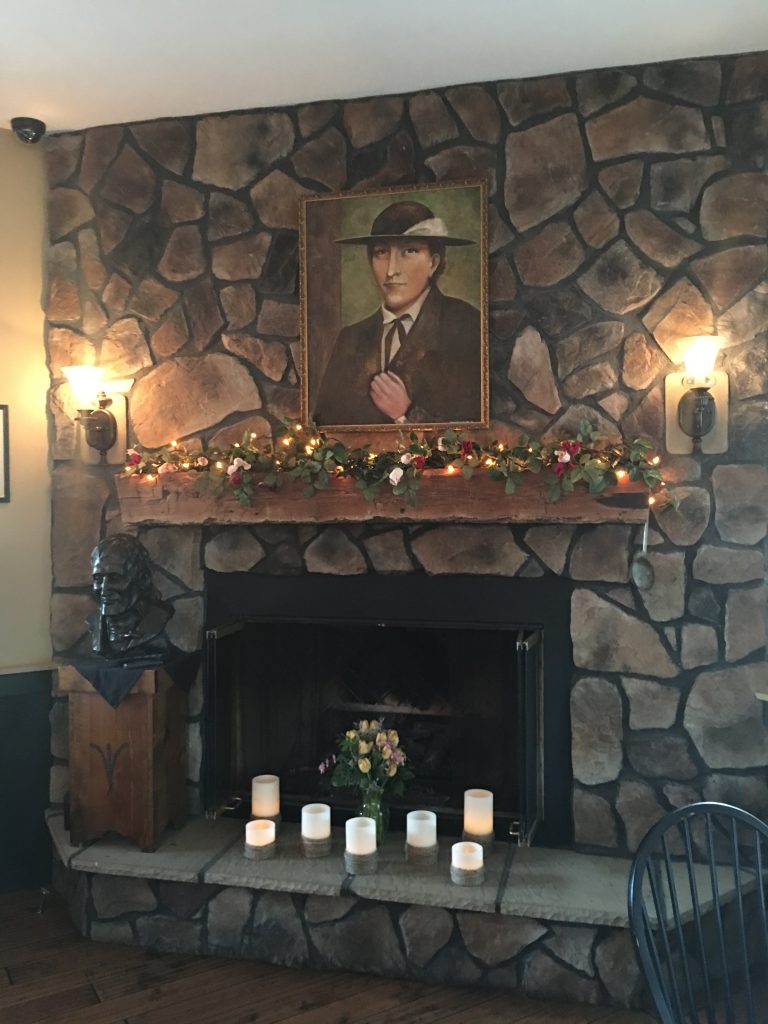
As a result of financial hardship, Simon would lose the land, passing it down to the McCord family in the early 1800s. In 1828, the land was divided into parcels and sold. The Hunt family, having made their wealth in textiles, moved from Princeton, NJ and settled on land they had purchased from the McCords.
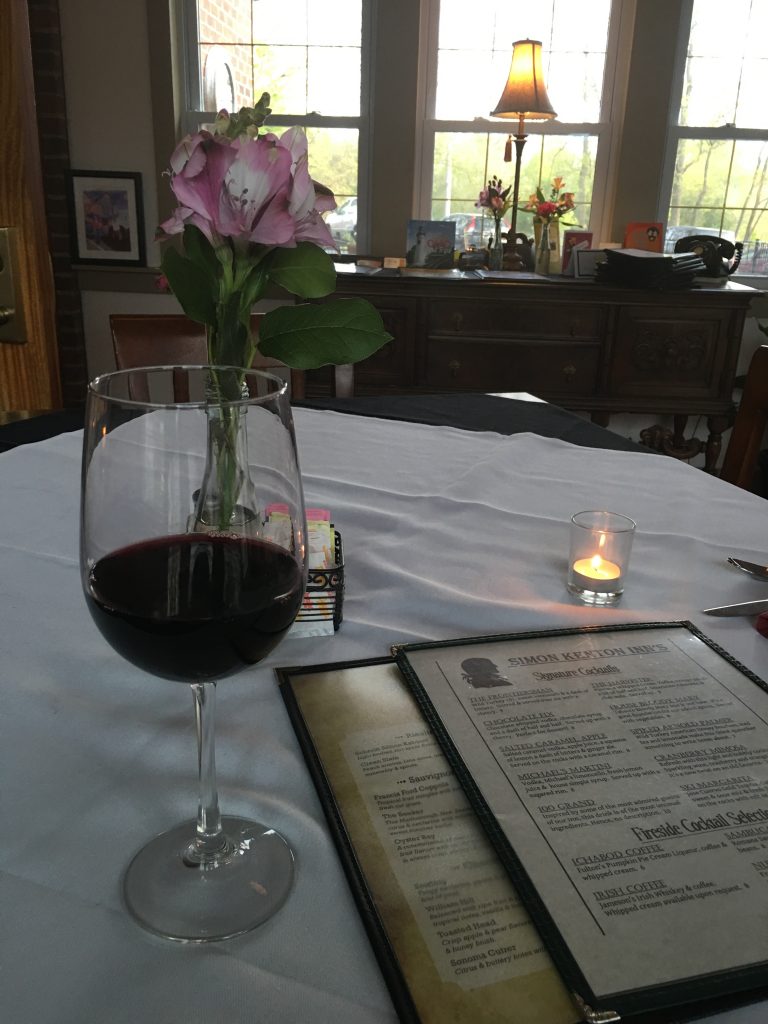
Katie had taken my reservation and kindly greeted me when I arrived. I decided to visit on Wine Wednesday with $1 off glasses of wine and found a great wine that would pair nicely with my meal. I ordered the High Note, a Malbec with cassis and raspberry fruit flavors with a touch of chocolate and sweet spice. Reservations are highly recommended for Fridays and Saturdays, where waits can take up to thirty minutes.
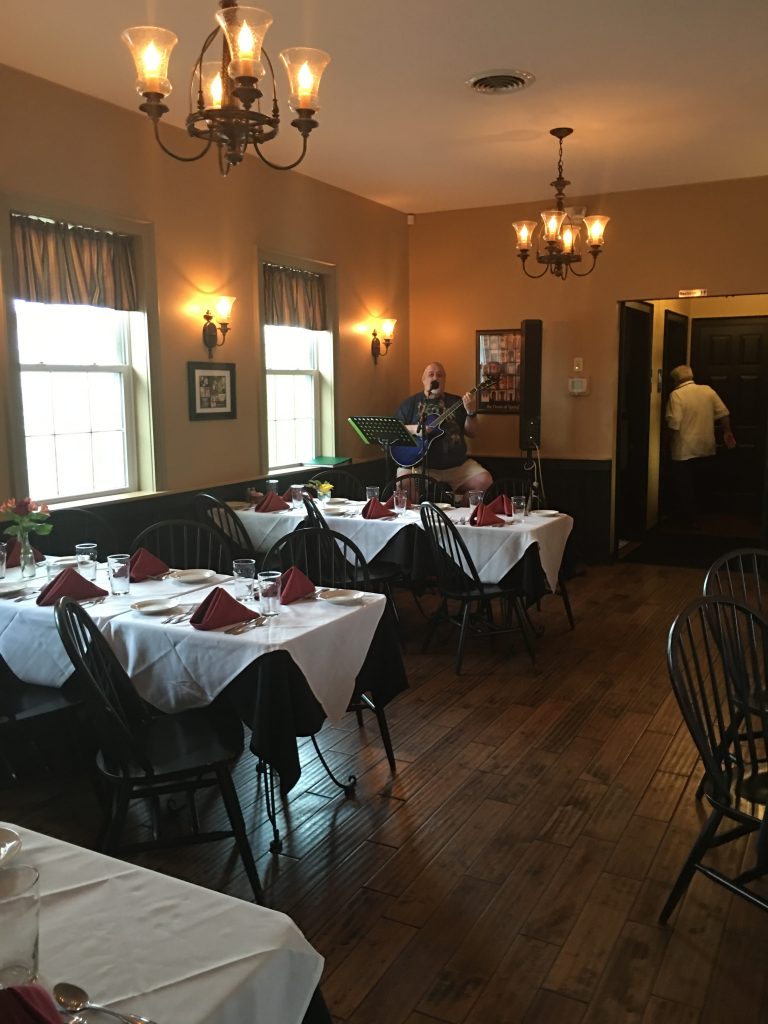
The Inn offers live music on certain weeknights and weekends. Enjoying the music and the beautifully restored historic home, I was introduced to current owner, Theresa Siejack. Energetic and passionate about her new adventure, Theresa was eager to talk about Simon Kenton Inn and her life experiences that led her here.
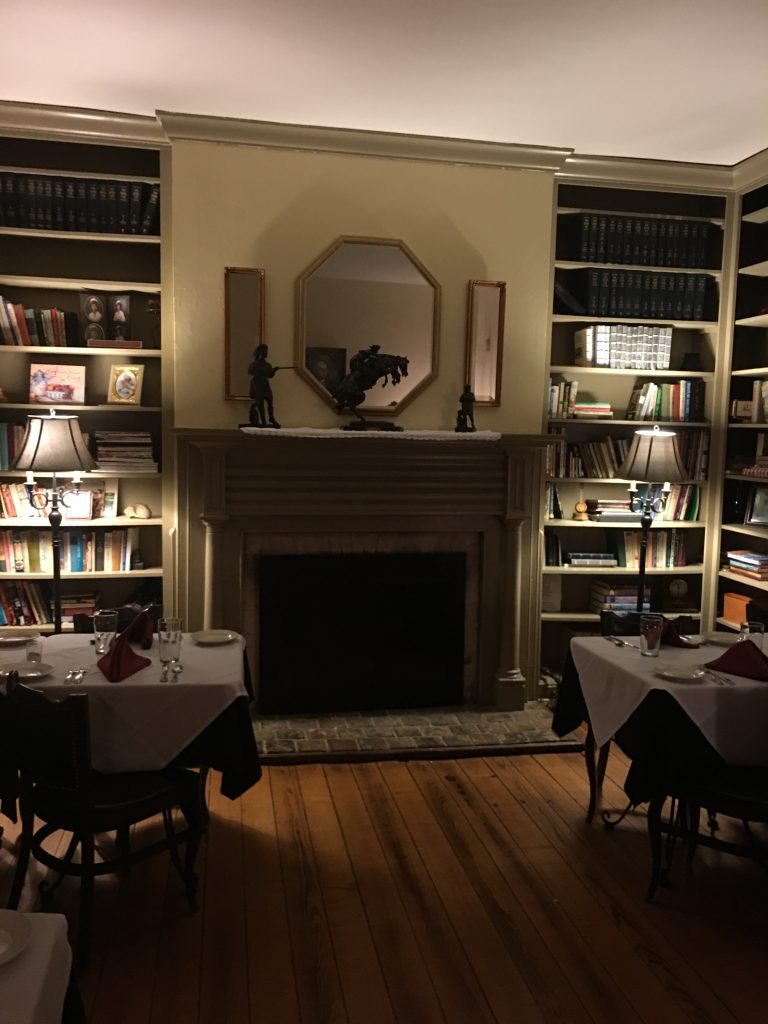
The house had been empty for three years. There were lots of potholes on the road and many trees were down. There was only one lit candle in the window.
Because of the holidays, Theresa was unable to go inside of the home until mid-January but as soon as she was able to visit, she made an offer within 10 minutes. At the time of purchase, the housing market was doing well and she was able to secure the money for the purchase. With no inspection, she purchased this dilapidated old house on four acres for 250,000. She had a vision, becoming the third owner of this property.
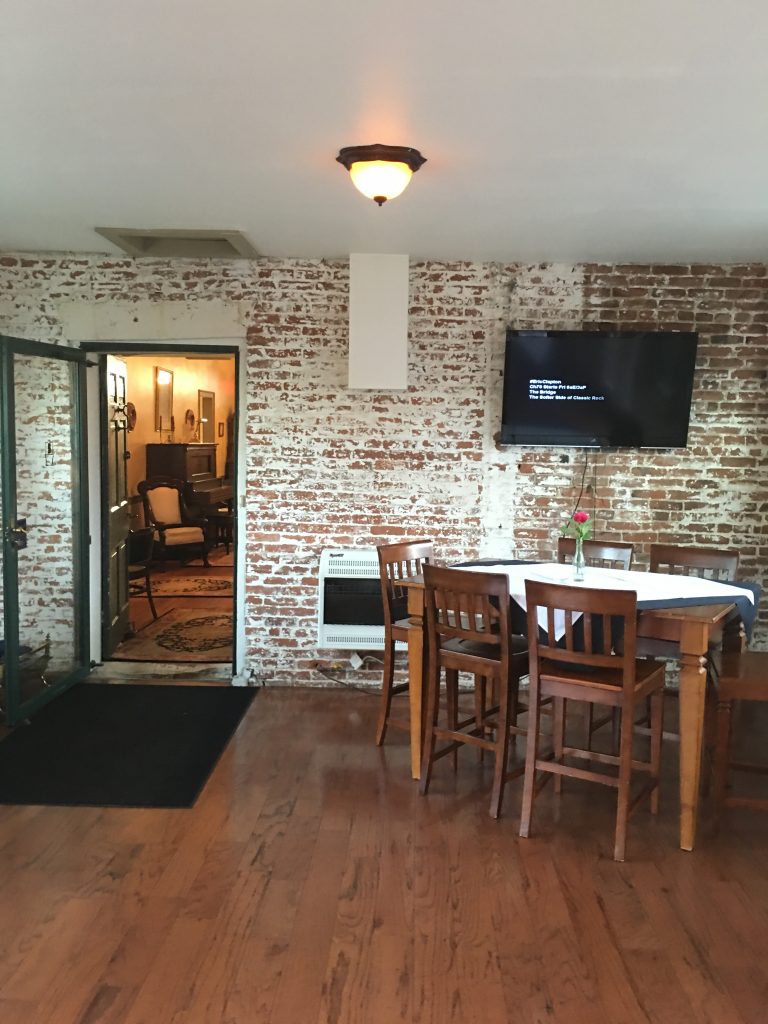
Originally from Baltimore, Theresa’s parents died when she was young and she was raised by her grandparents until they too passed. Brought up in foster homes, she would marry young and join the Air Force as a flight nurse. She retired after thirty years and one day, realizing she wanted to run a bed and breakfast.
With plans to stay in Ohio, she found her first opportunity in South Charleston and later decided that she wanted to make a home in Clark County. Driving on the outskirts of Springfield with a friend on a cold and rainy day in December, Theresa noticed that the property was for sale.
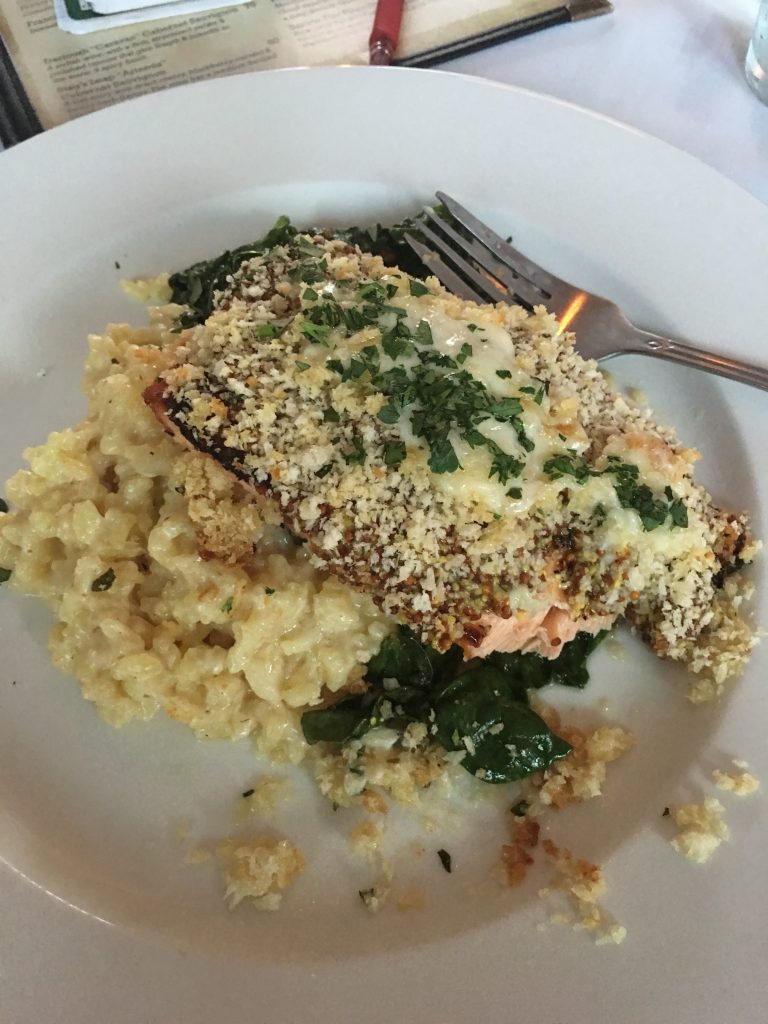
My meal had arrived and it was absolutely delicious selecting the pistachio crusted salmon and cheesy risotto.
I was happy to continue our conversation as Theresa detailed the defining moment when she knew she had to purchase this beautiful place. She explained that in between the process of signing the papers and meeting for the official close, she would drive up to the property to watch the sunset and enjoy the view from atop of the hill. One morning, she noticed a woman on the property who was throwing feathers in the air as if conducting a ritual of some sort. Theresa went to meet with this mysterious woman. What the woman would say, was a foretelling of Theresa’s ownership of Simon Kenton Inn.
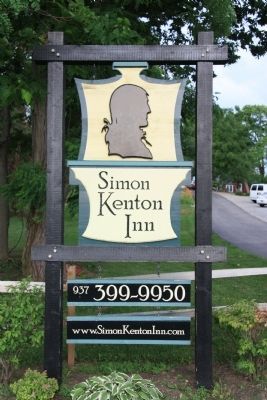
This woman stated that Theresa was going to be the next owner of the house, just as the spirits had told her. She mentioned Simon Kenton’s Indian name and explained that she, herself, was a descendent of the Shawnee. Theresa knew that this was the confirmation she needed and thanked Barbara for her visit. They would become long friends and Barbara would be able to provide additional information about the property and its role in the lives of the Kenton and Hunt families. Barbara was also instrumental in developing the logo.

Theresa mentioned that when she cleared the attic of the home, she found wooden crates with the name Ischy Hunt, who was part of the Hunt family. They were most likely used to carry their belongings for the east all the way out to this area in Ohio.
The property had a barn towards the back, but it was falling apart and she felt it could potentially be a hazard as children liked to go back to check it out. She had it imploded and the remains were buried in the spot where it once stood. During construction, Theresa lived above the kitchen and there were loft rooms above the laundry as well.
In 2005, the property underwent a 1.1 million dollar renovation and an expansion was added in 2009. A breezeway was later built to connect the two.
Recently the Inn hosted a Craft Beer and Wine event during their anniversary where 160 people attended. With 52 wines and 27 craft beers from 7 Ohio wineries and 12 Ohio breweries, the event was a huge success.
The inn is also a popular wedding venue with a large, covered seating area, gorgeous setting for photographs and overnight accommodations.
Theresa has big plans for Simon Kenton Inn to include further expansion and more events. I’m looking forward to seeing what she has in store for this, beautiful, historic place where the spirit of the Indians still roam.
Have you visited Simon Kenton Inn? Did you enjoy a meal here? I would love to hear about your experience if you would kindly leave a message in the comments section below. Many thanks for reading about my dinner and discussion with Theresa at Simon Kenton Inn and wishing you many Happy Travels.
Disclosure: Please refer to our blog disclaimer tab for more information.
What to Do and What to See:
Simon Kenton Inn
4690 Urbana Road
Springfield, OH 45502
Telephone: 937 399 9950
Where to Stay:
Simon Kenton Inn
4690 Urbana Road
Springfield, OH 45502
Telephone: 937 399 9950
Where to Eat:
Simon Kenton Inn
4690 Urbana Road
Springfield, OH 45502
Telephone: 937 399 9950
More favorite Springfield eateries:
- Schuler’s Donuts: Their chocolate cream-filled doughnut is their best seller…”home of homemade”. The bakery has several locations in Springfield.
- Simon Kenton Inn: This historical home is an inn, restaurant and entertainment venue. With great food, I love the atmosphere of the Simon Kenton Inn.
- Guerra’s Krazy Tacos: One of my favorite places to eat in Springfield, Guerra’s is known for their unique gourmet tacos.
- Salato Deli: I love stopping by this deli for their charcuterie board
- Le Torte Dolci Bakery; Located next to the Salato Deli, this European French bakery also serves amazing gelato.
- Mike & Rosie’s Deli: This staple of Springfield is located near the Wittenberg campus and I am extremely fond of their Reuben sandwich.
Where to Drink:
- Mother Stewart’s Brewing Company: Springfield’s only brewery, Mother Stewart’s showcases nine craft beers produced onsite.
What to Read:
- The Book of Springfield, Ohio, 1906, by Springfield Commercial Club
- Springfield, Ohio: A Summary of Two Centuries, by Tom Dunham
- Ridgewood in the Country Club District, by Tamara K. Dallenbach
- Still Standing: A life of pain, adversity and perseverance, by James Cooper
- Hometown Killer, by Carol Rothgeb
Photo Guide for Springfield, Ohio:
- Hartman Rock Garden
- Westcott House, Frank Lloyd Wright House
- Glen Helen Nature Preserve in nearby Yellow Springs
- Heritage Center of Clark County
- Tecumseh Land Trust in nearby Yellow Springs
- Ohio Caverns in nearby Bellefontaine
- Oakes Quarry Park in nearby Fairborn, Ohio
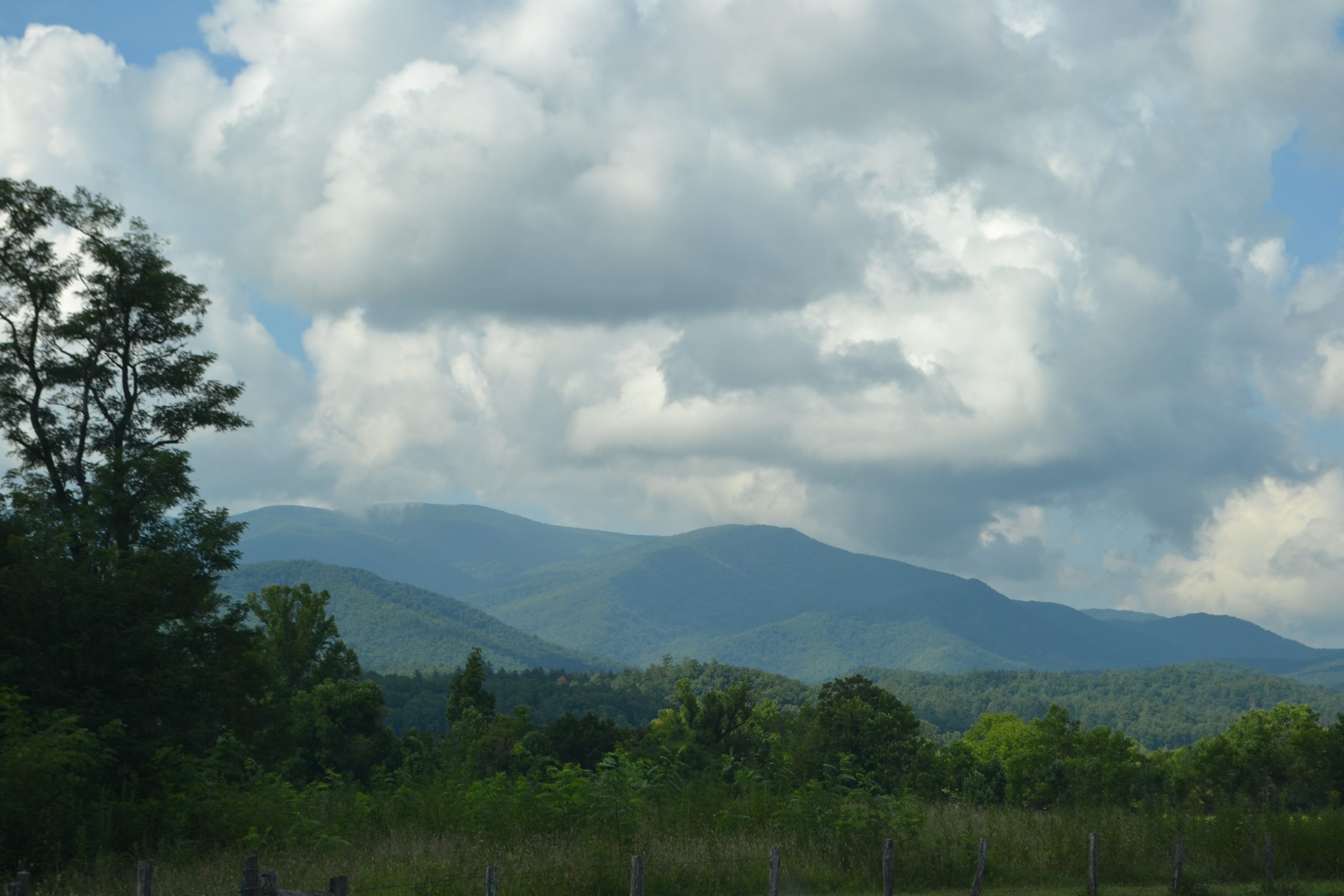
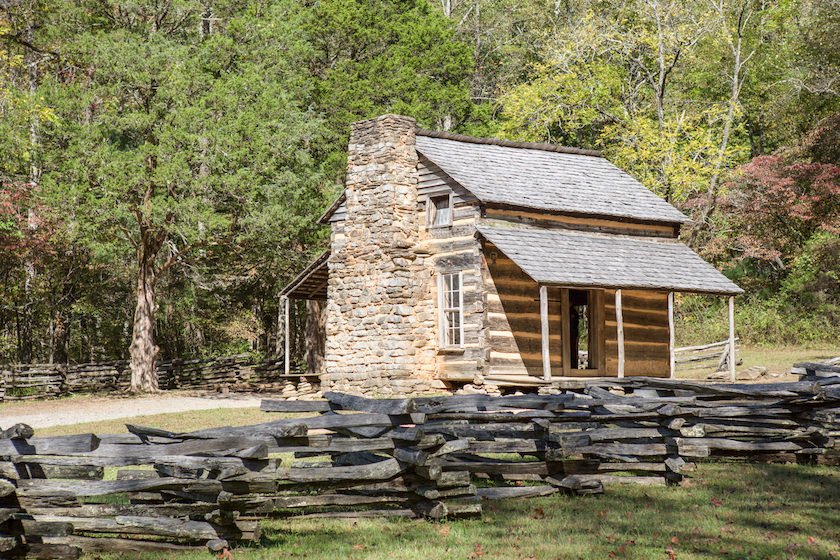

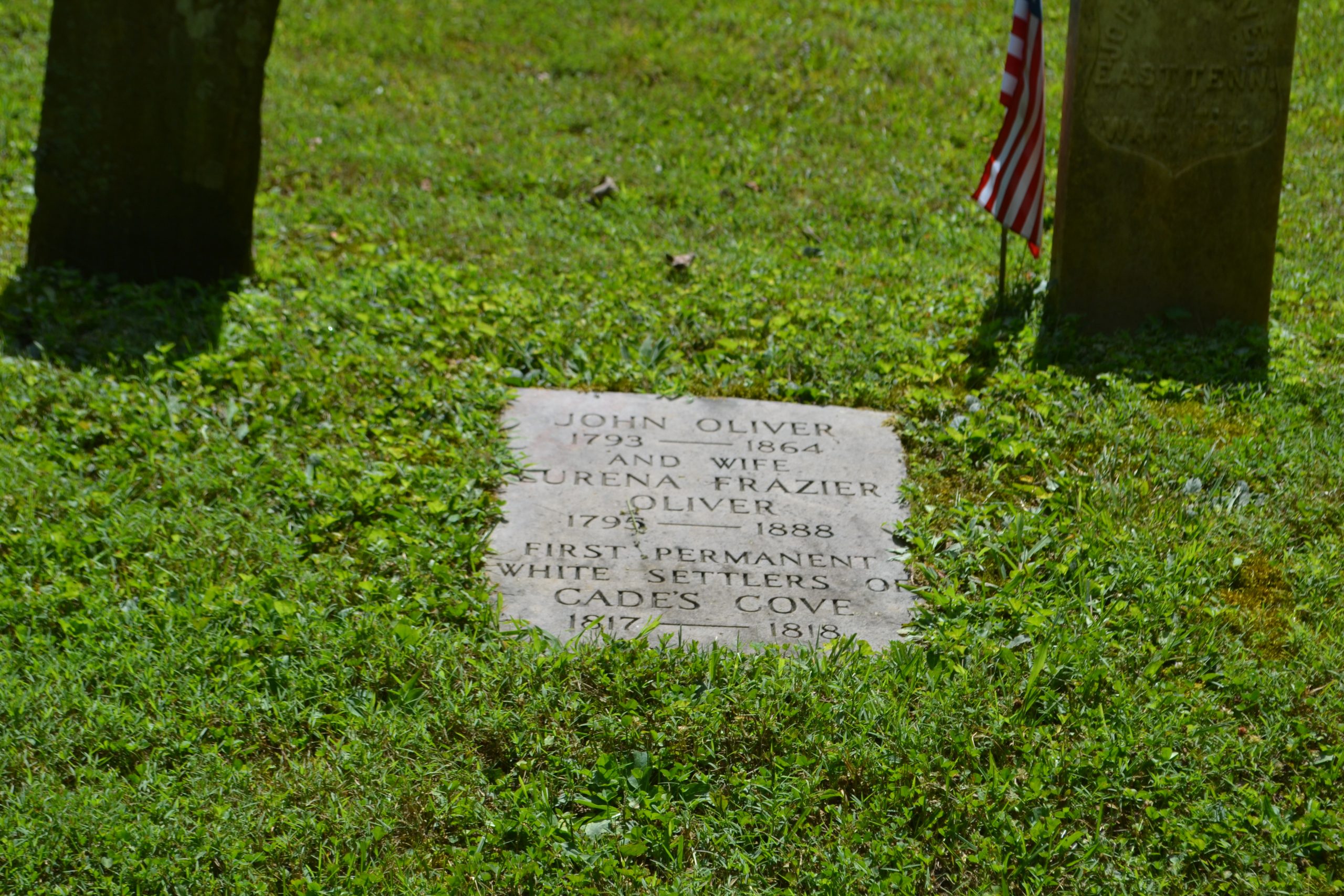
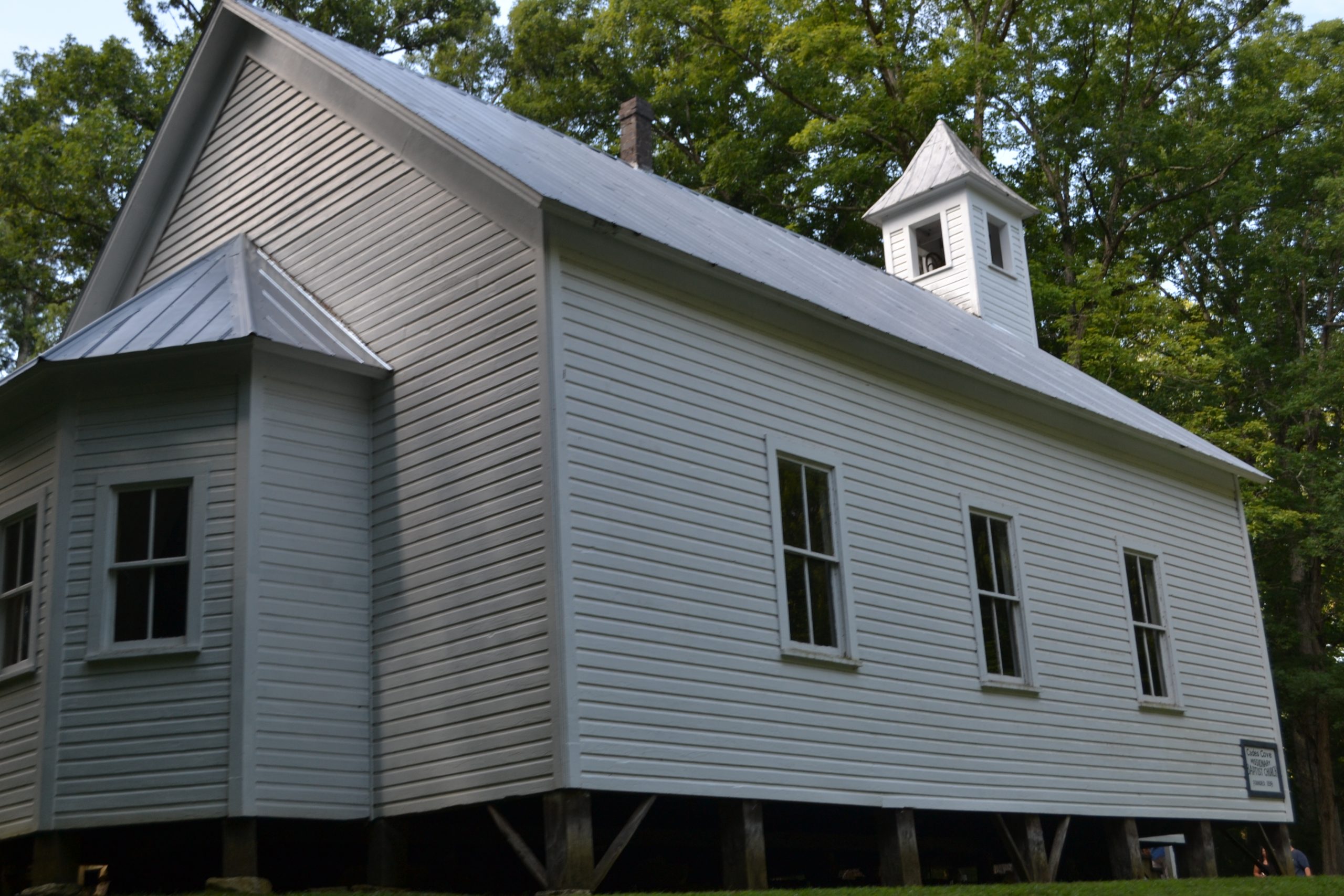
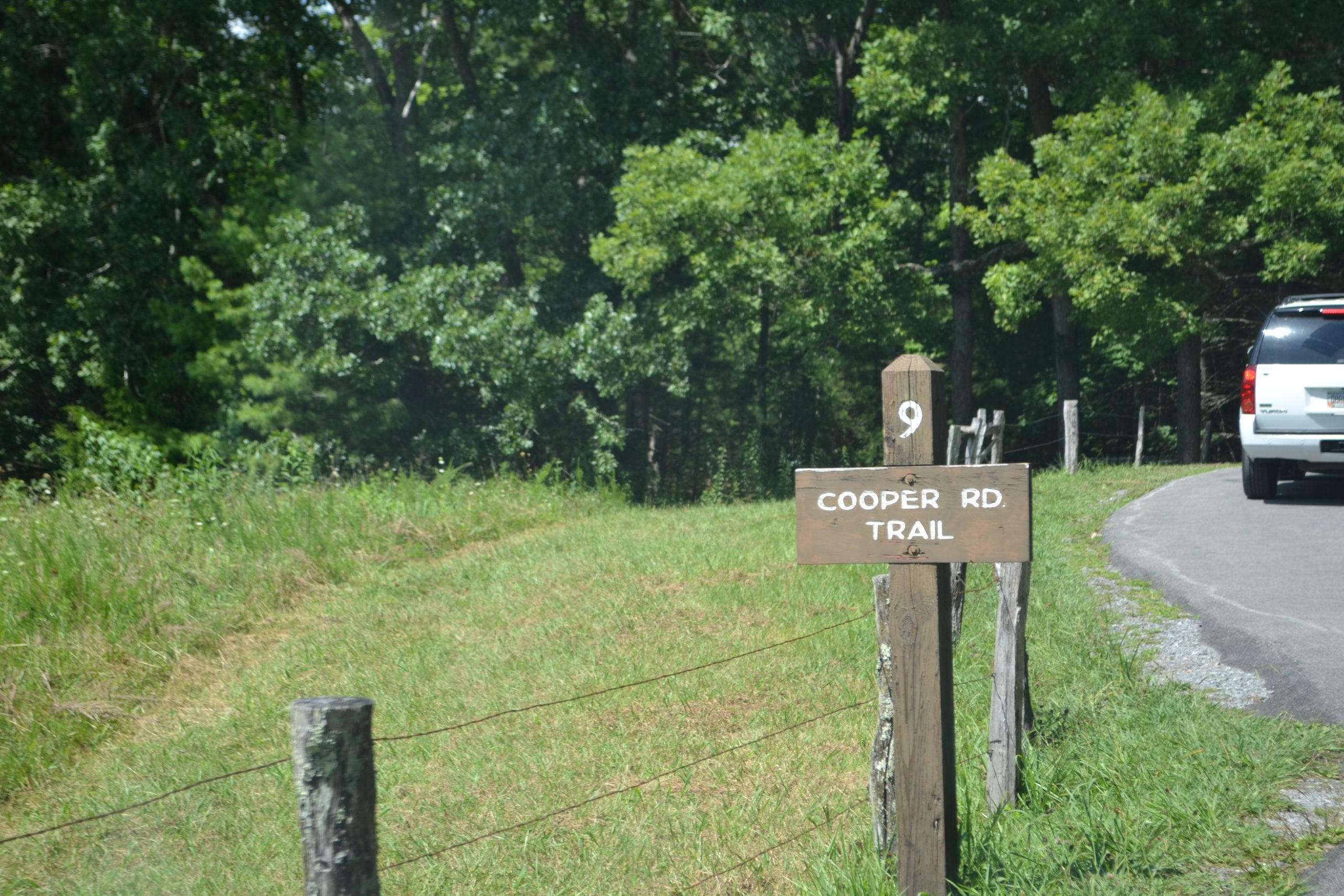
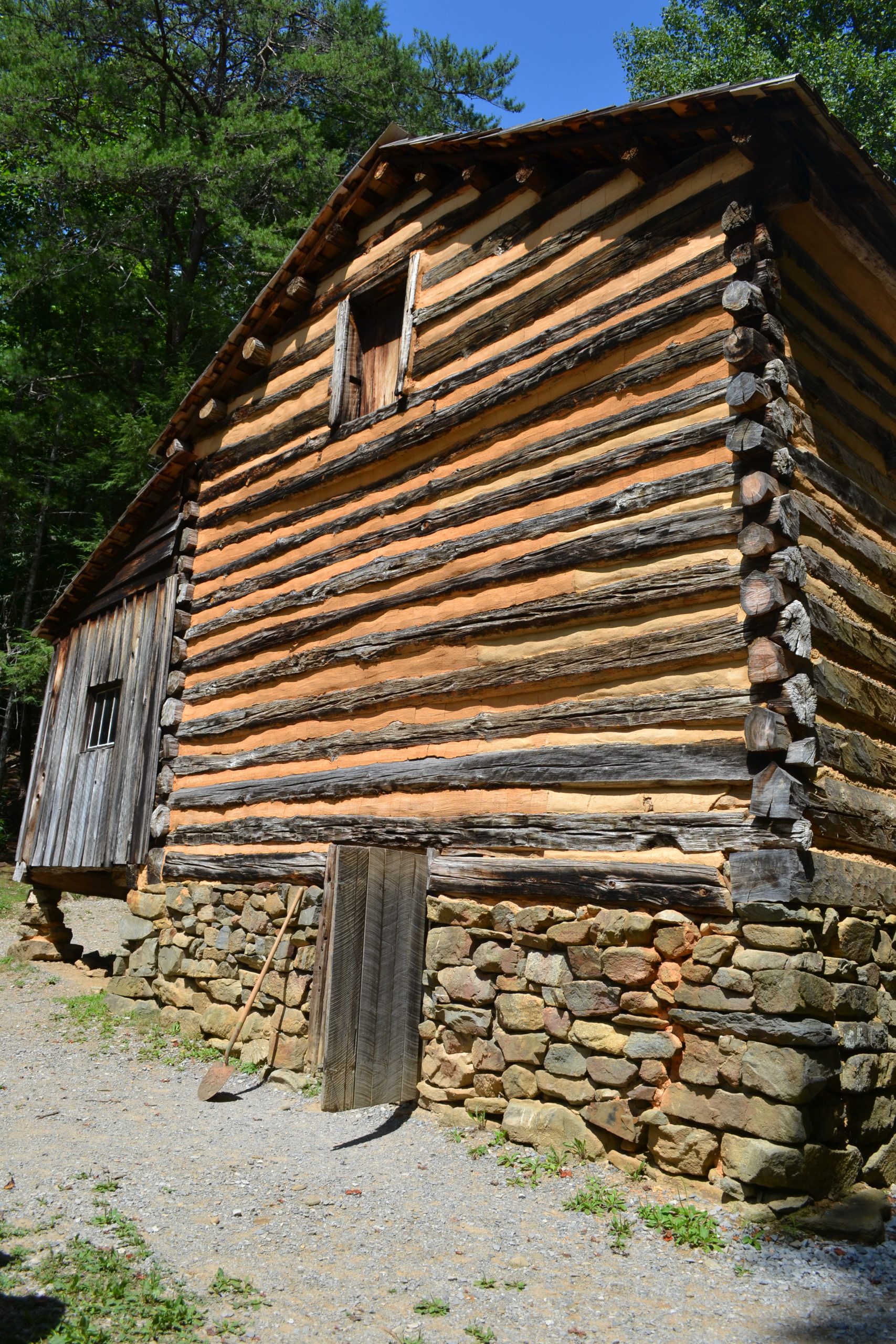
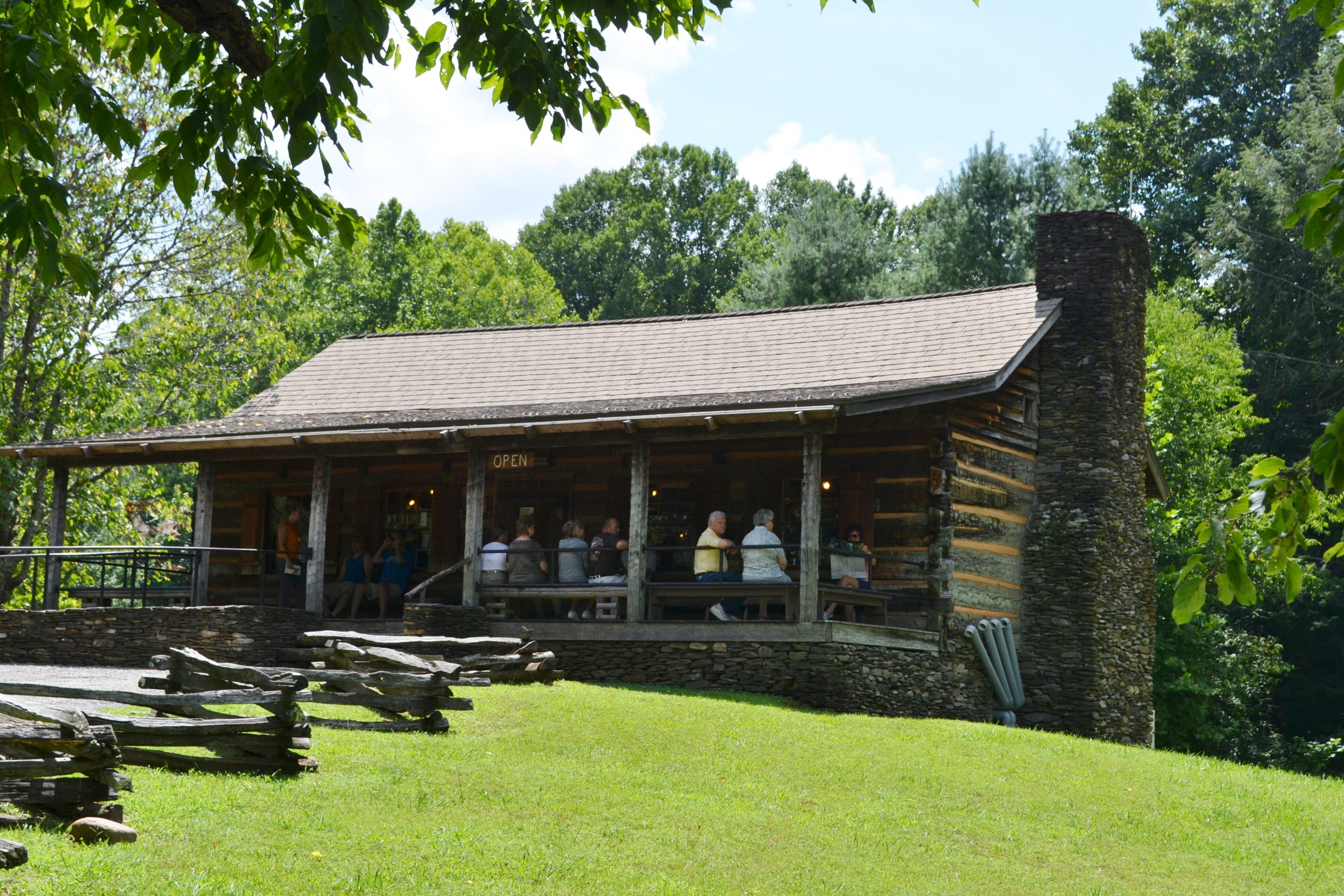
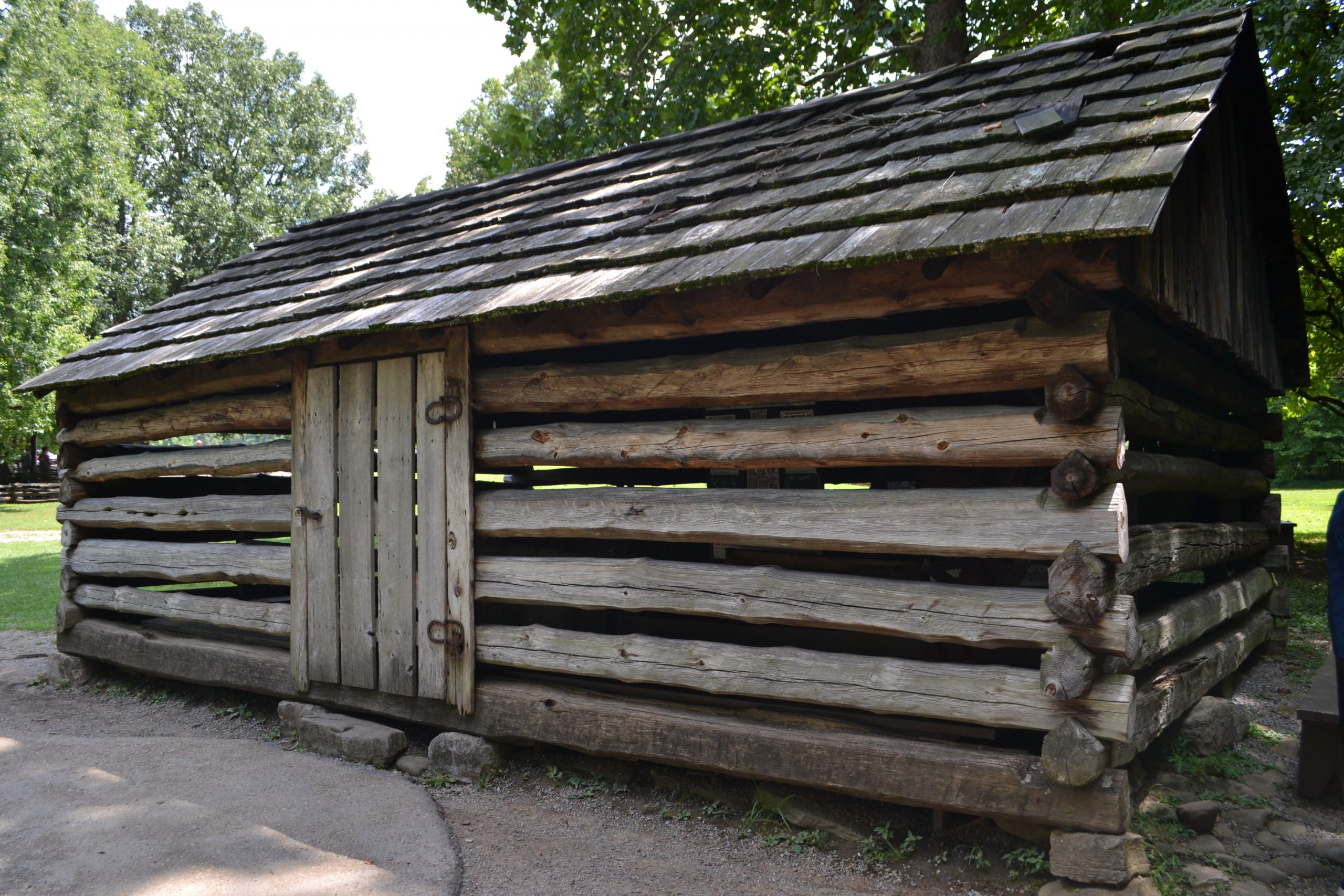
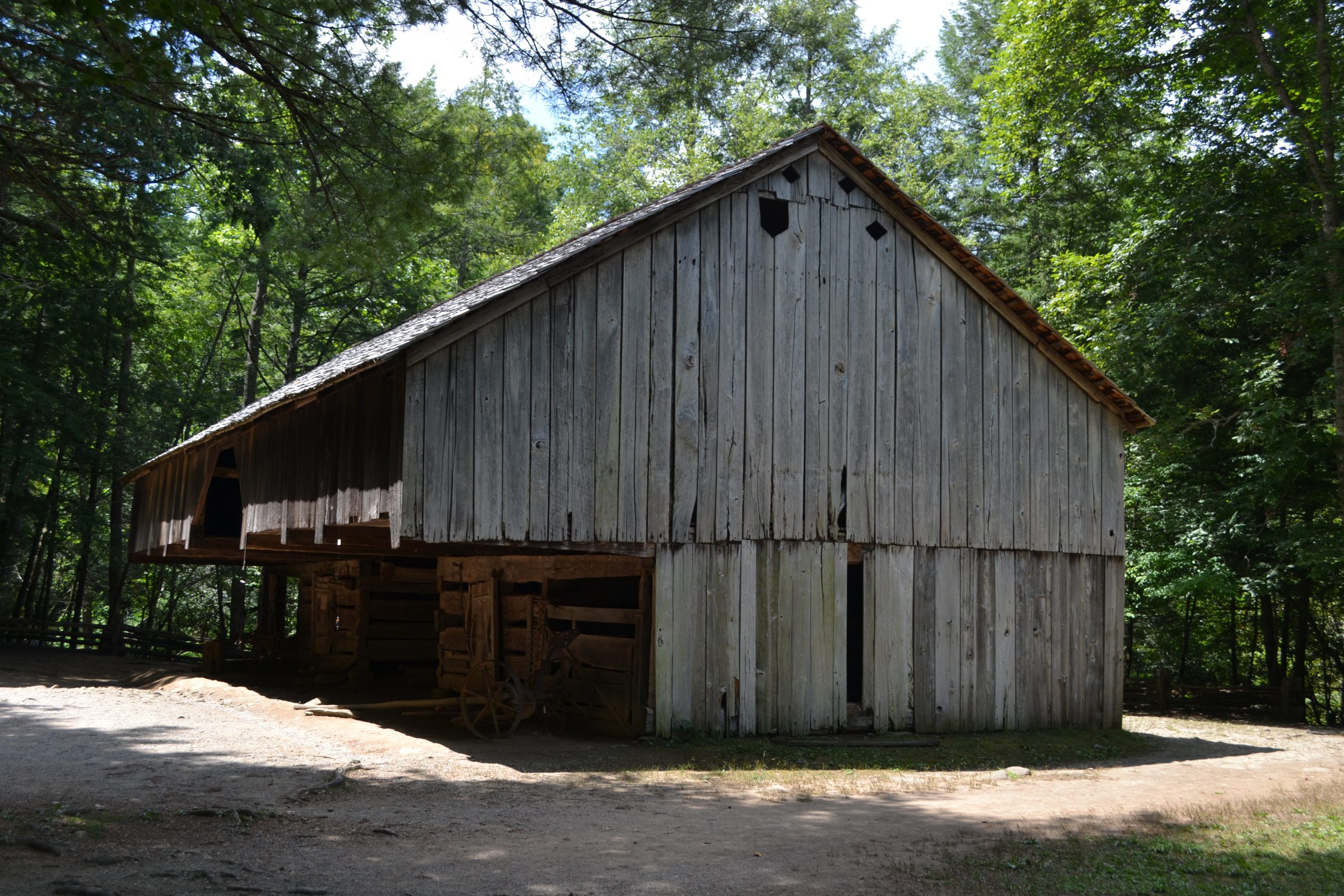
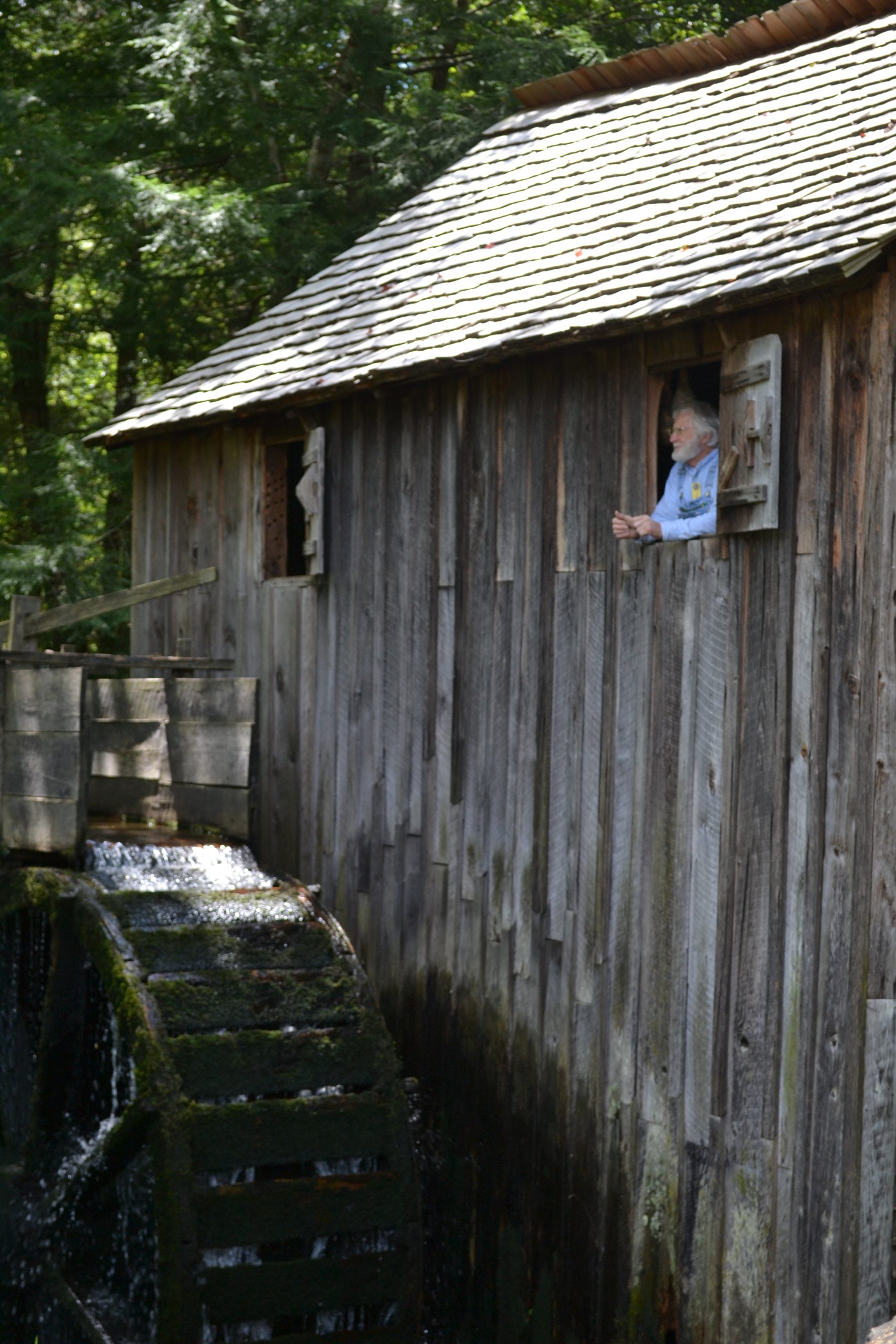
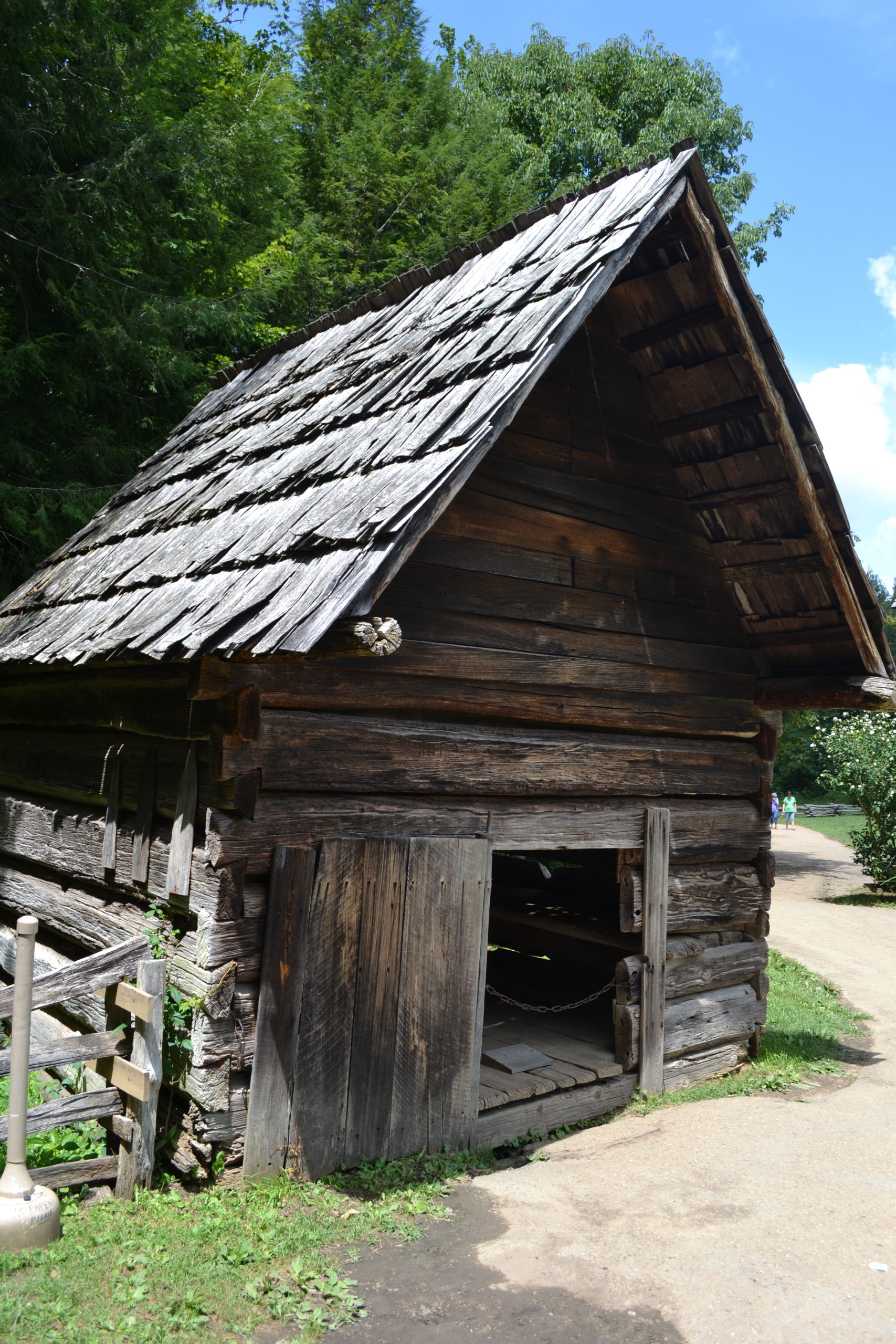
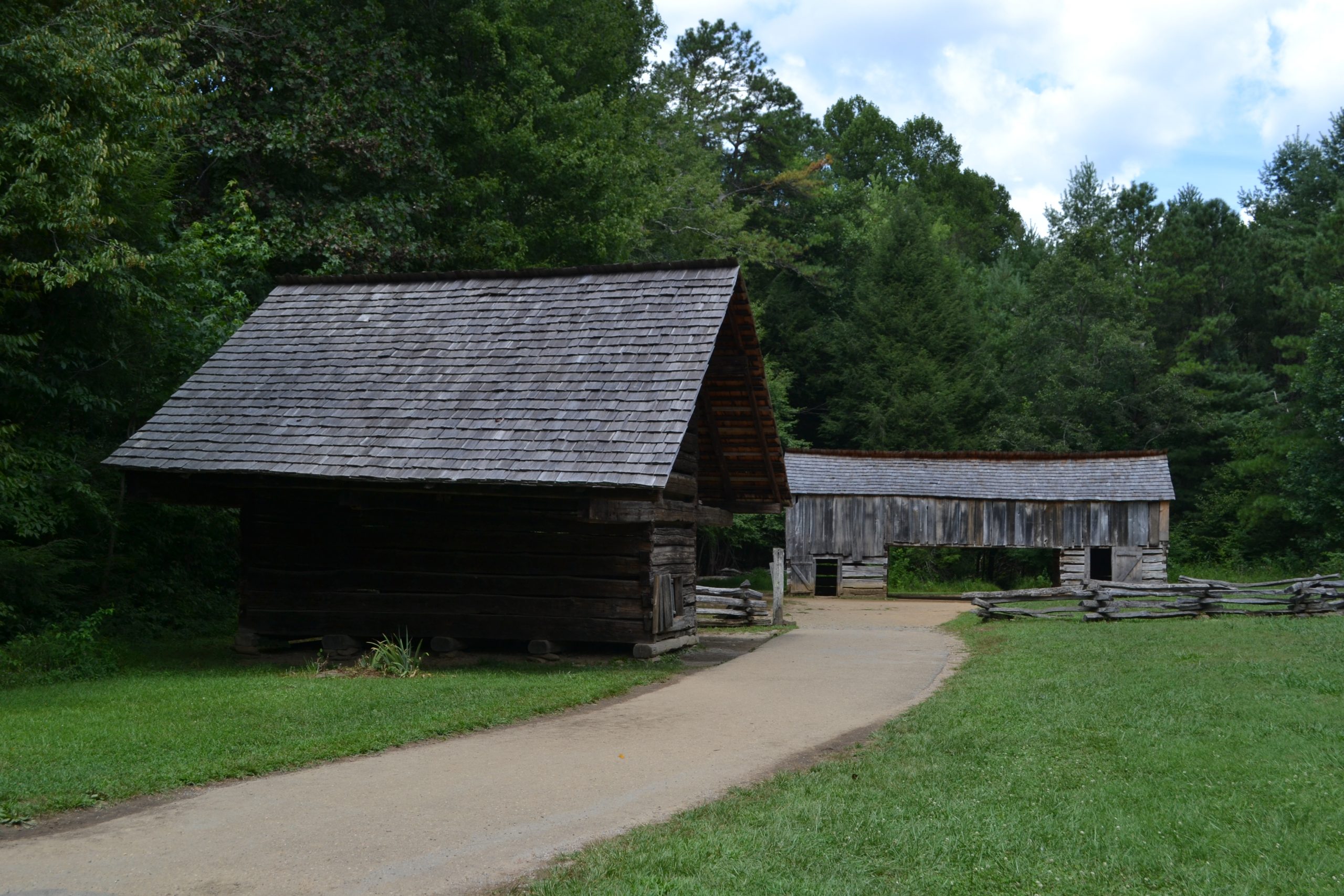
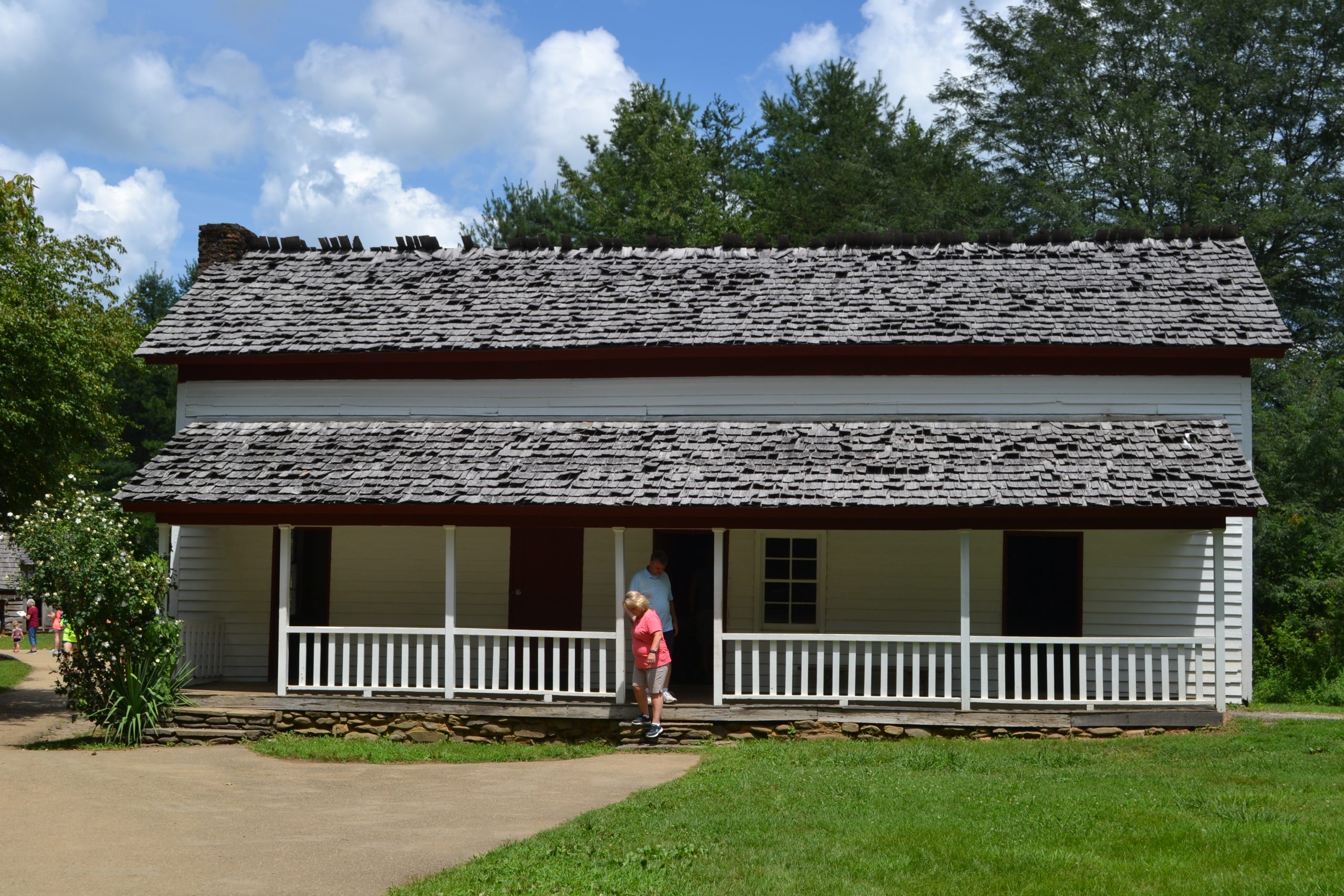
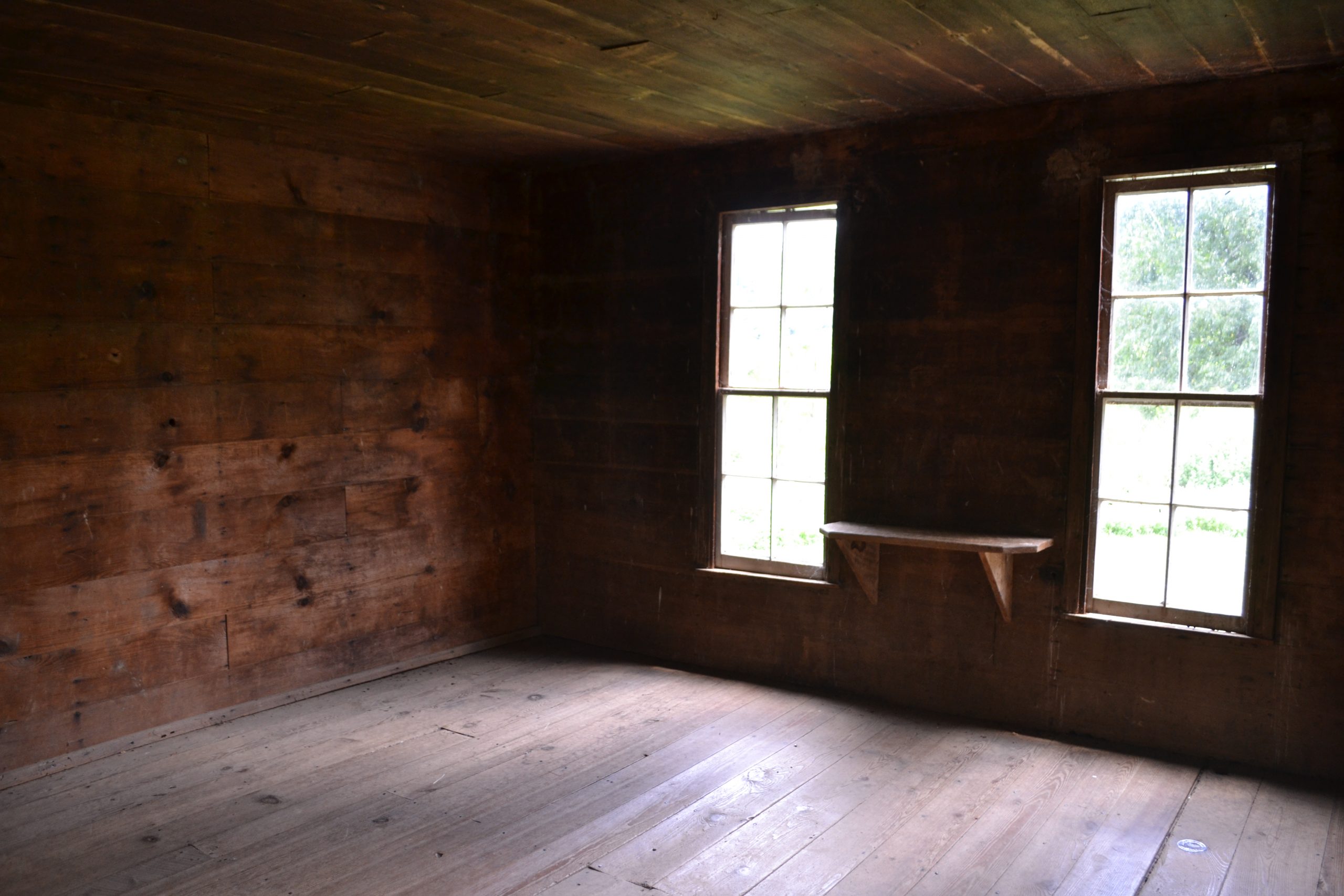

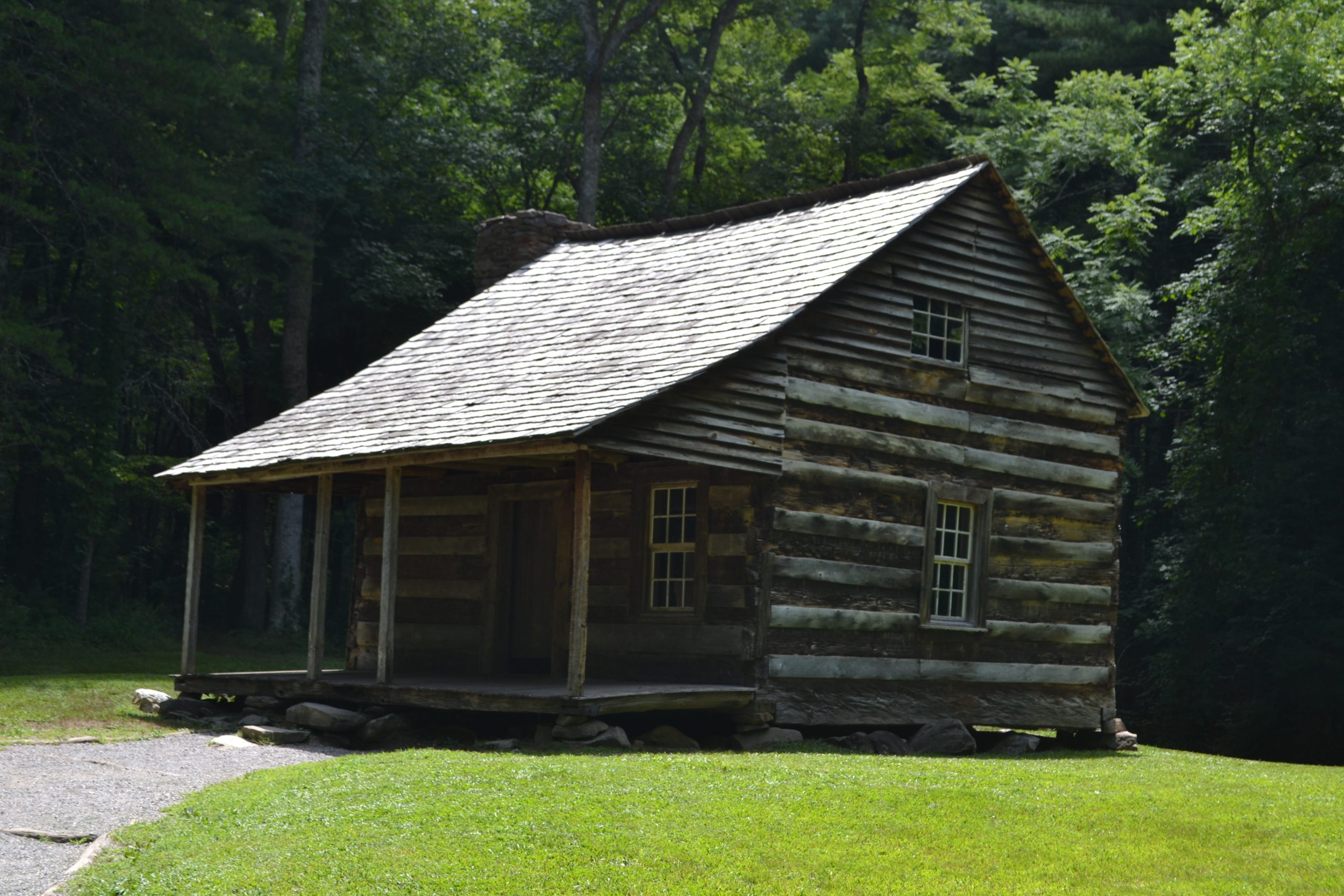
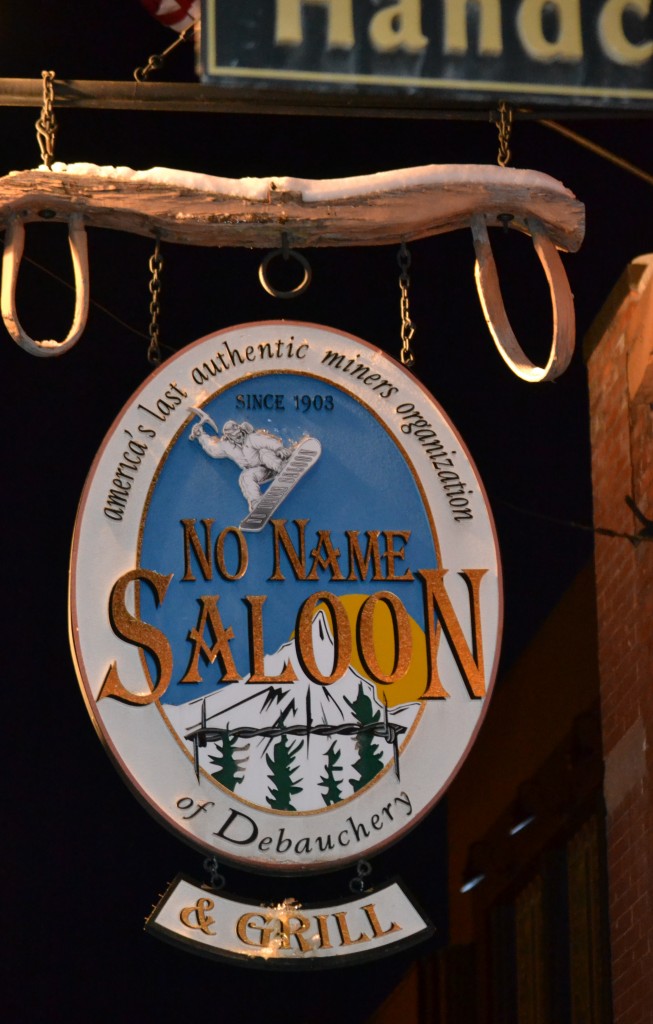
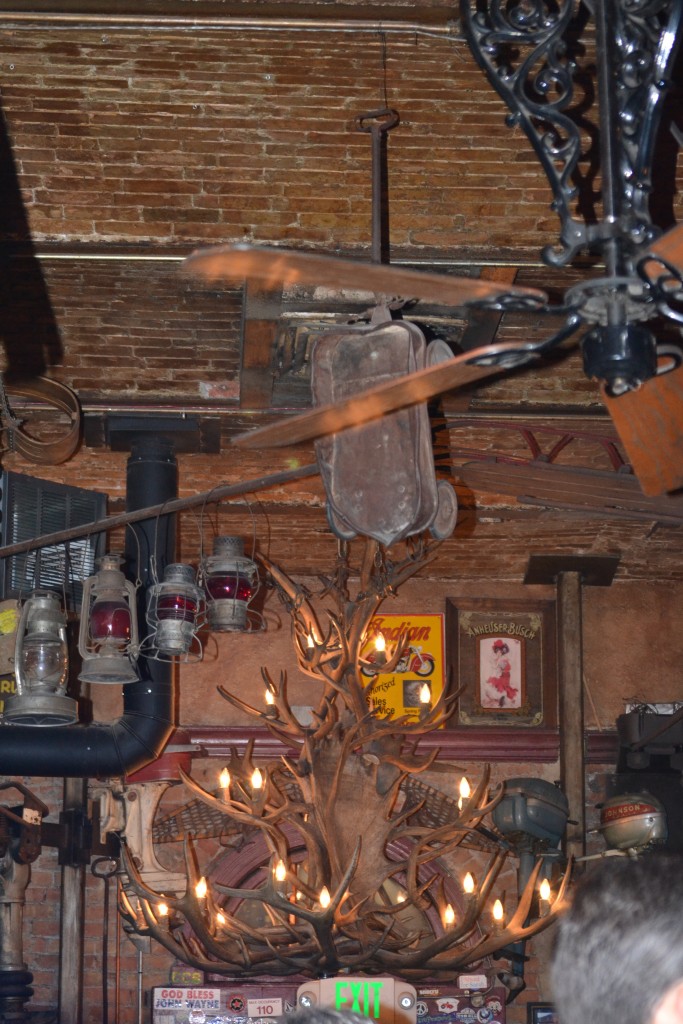
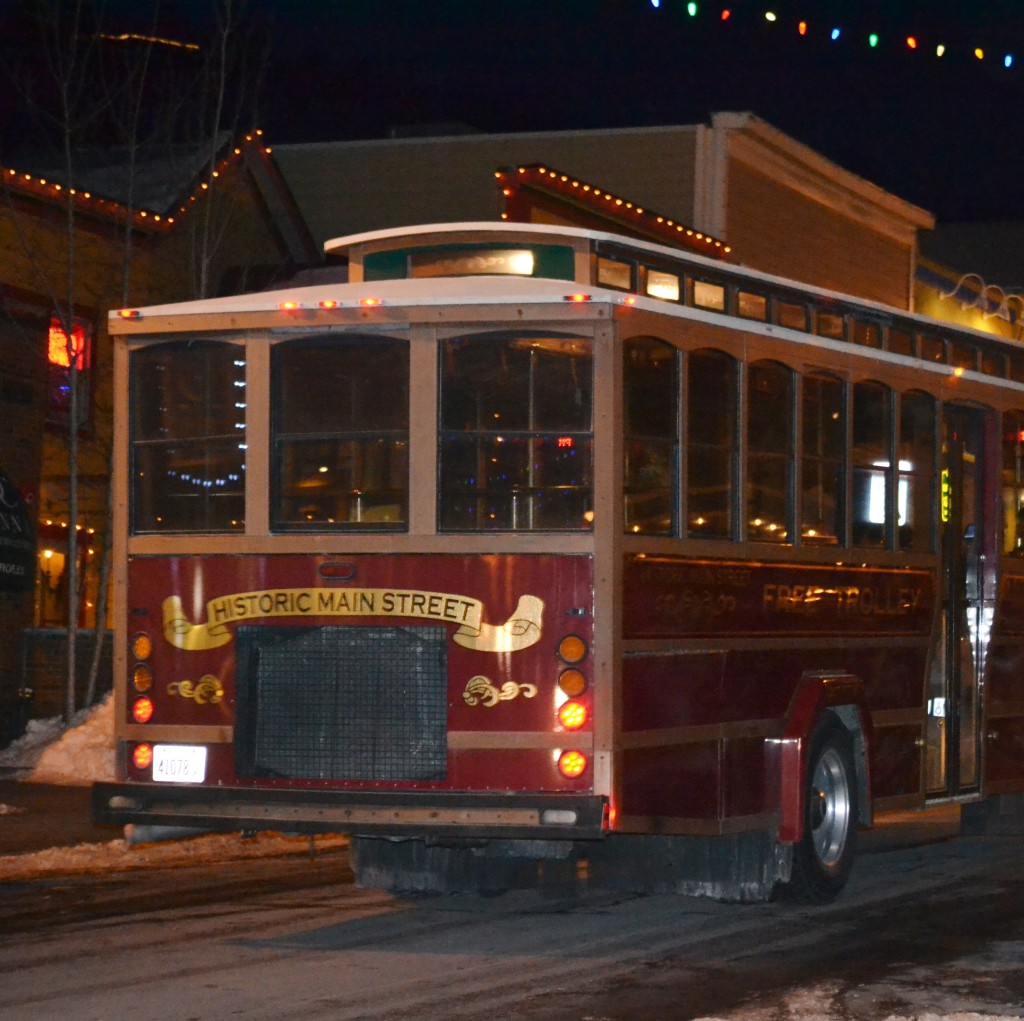
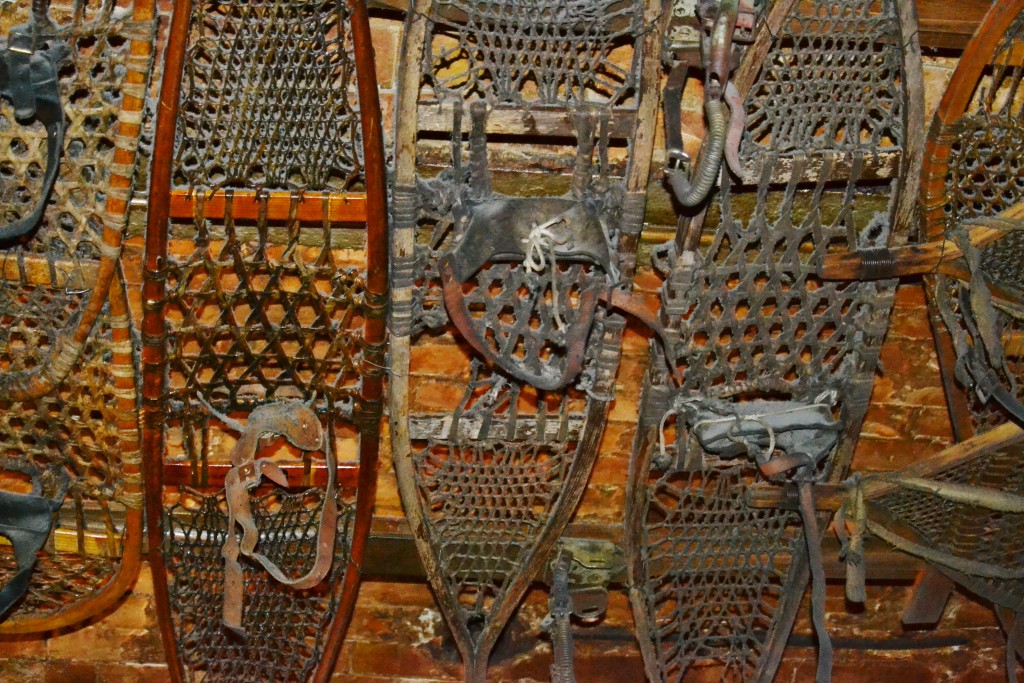
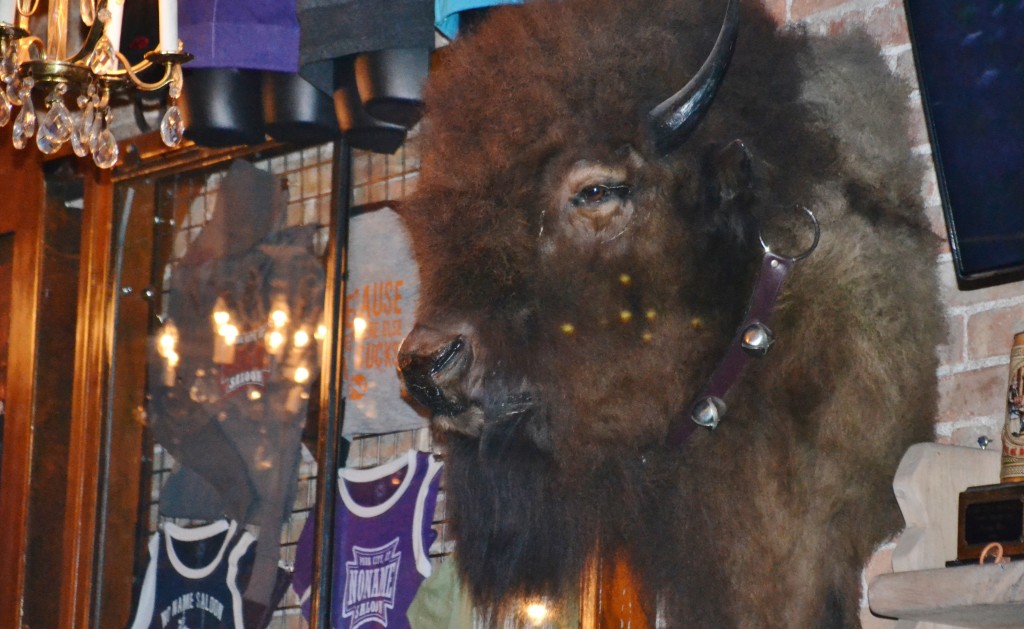
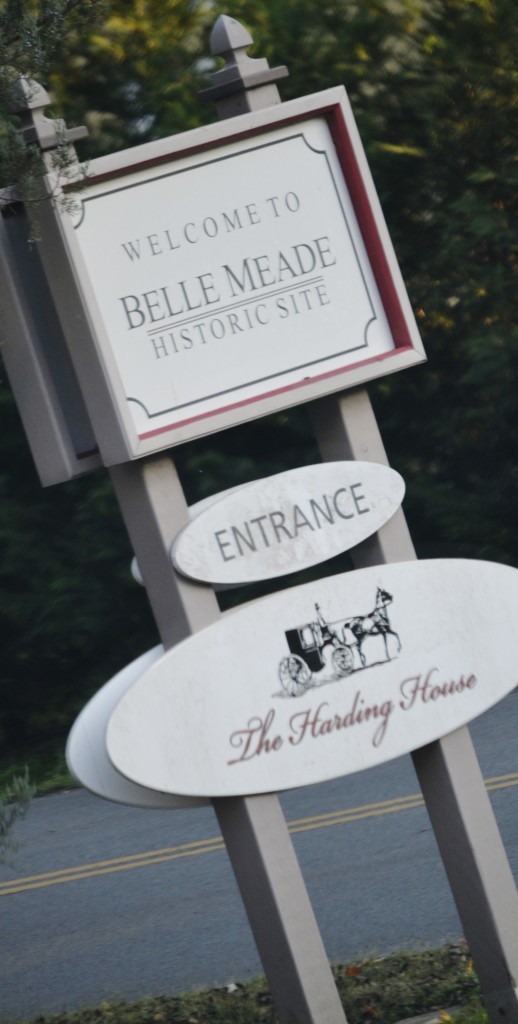
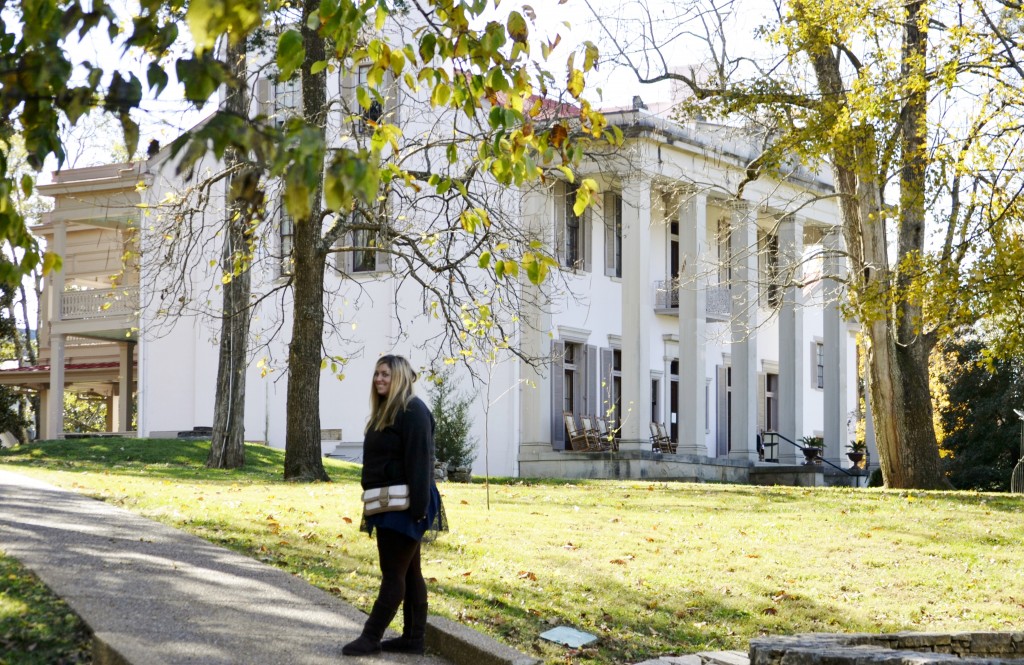

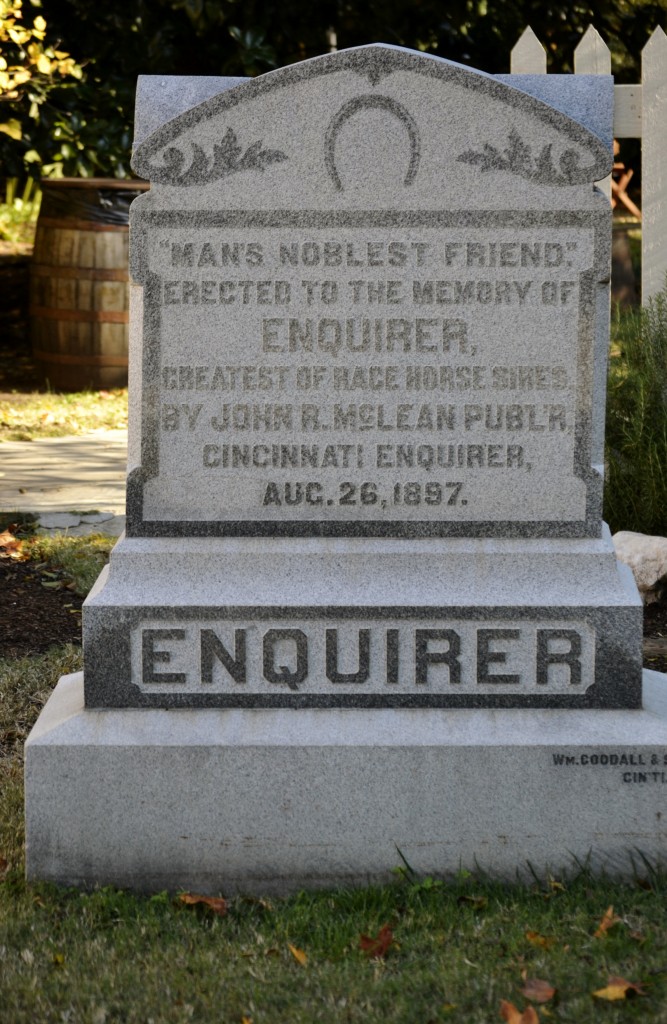
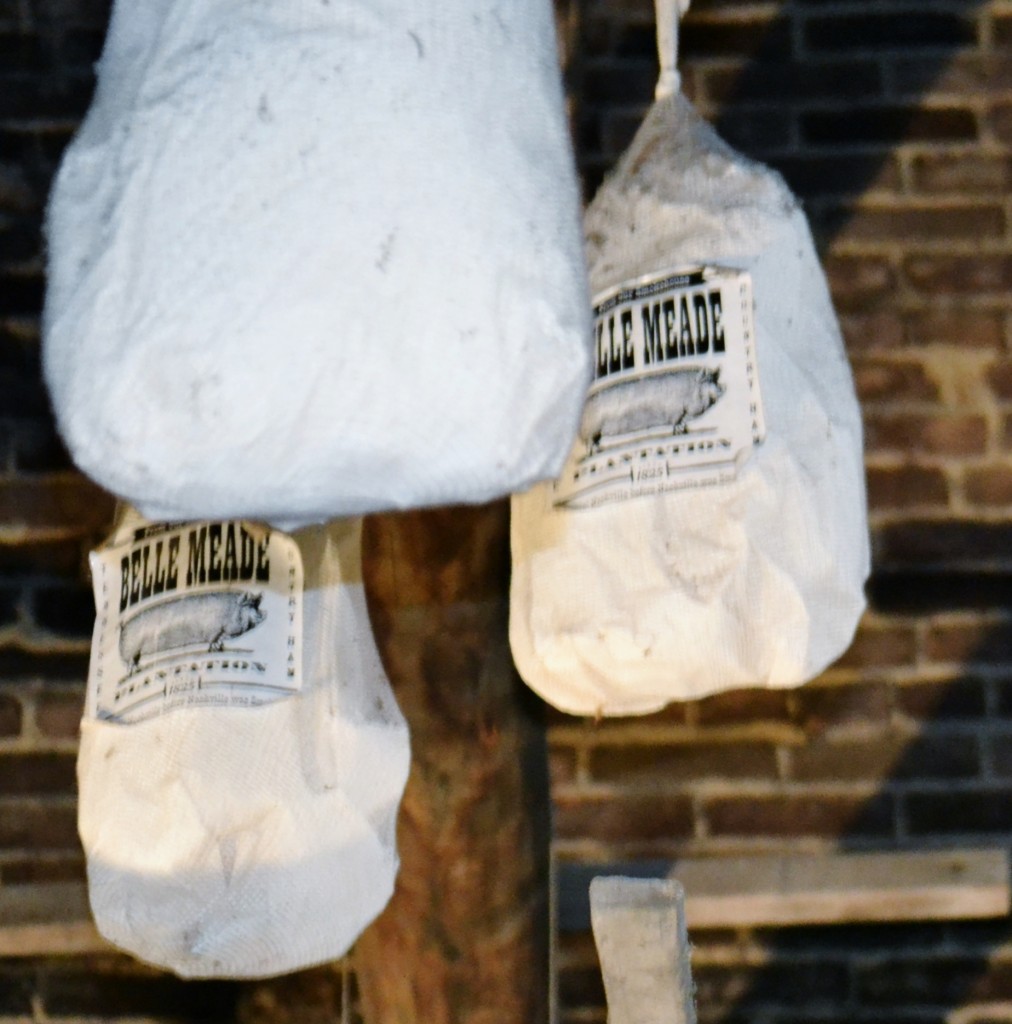
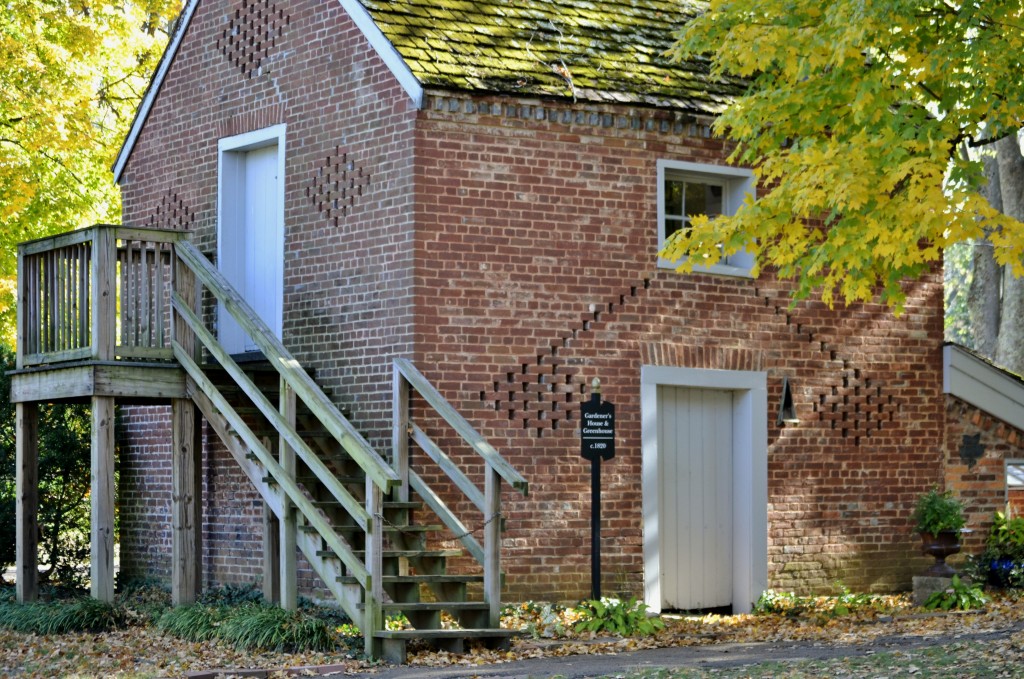
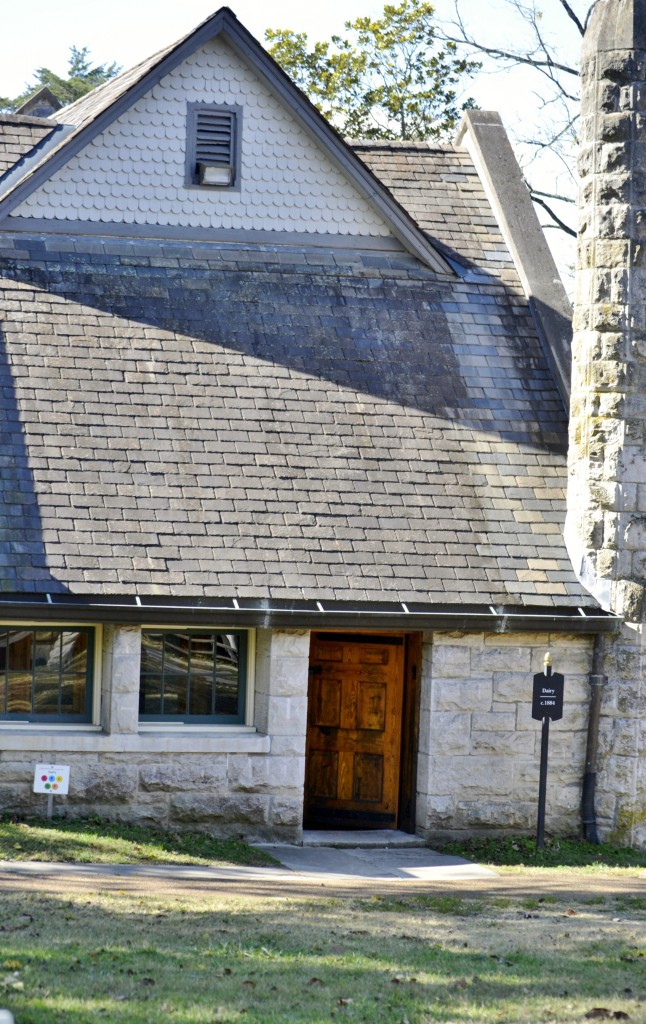
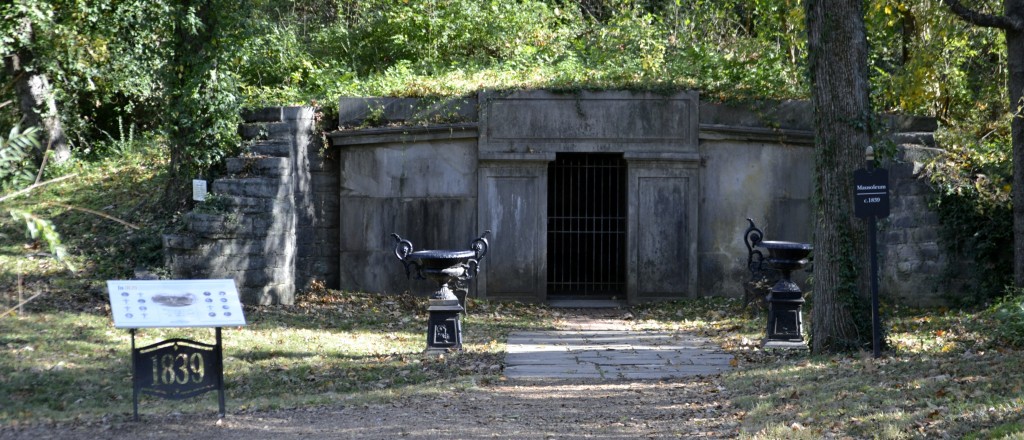
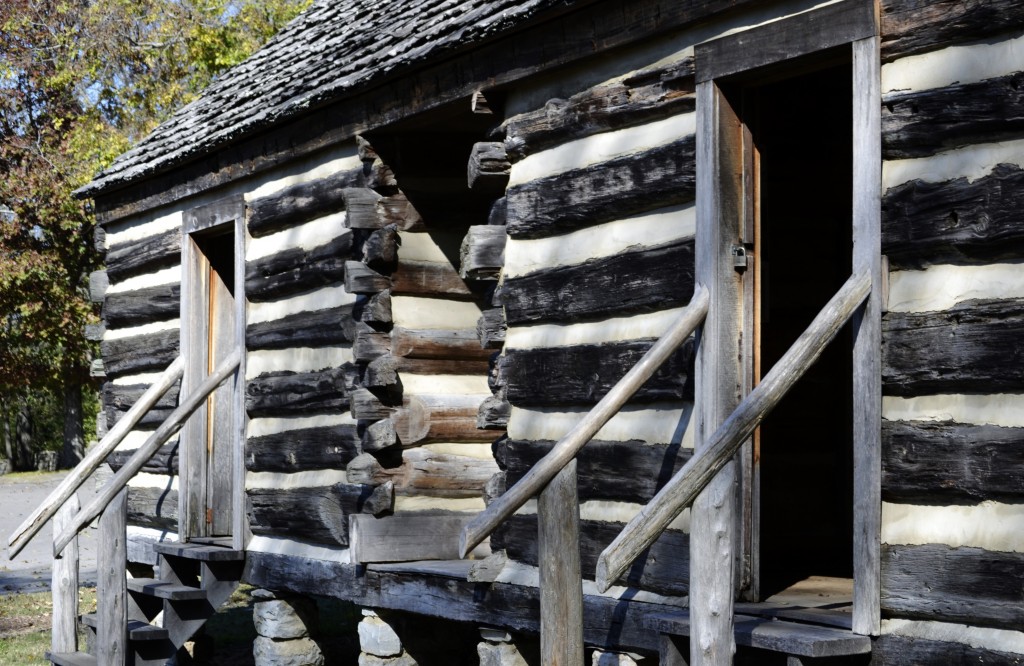
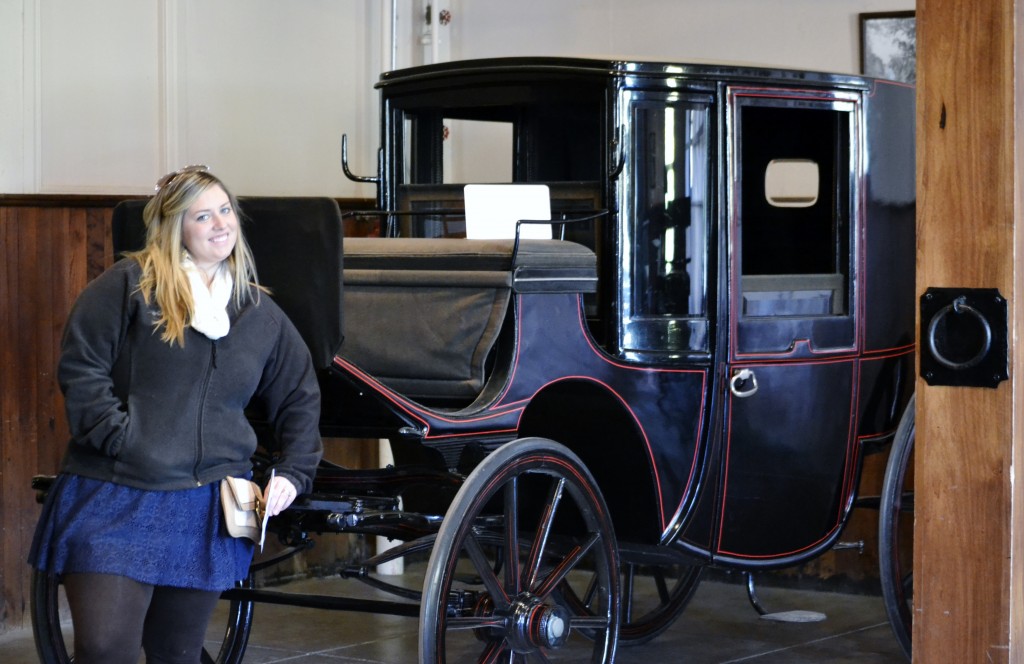
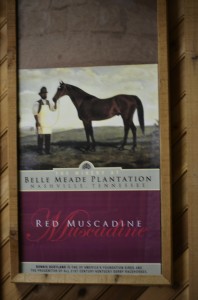
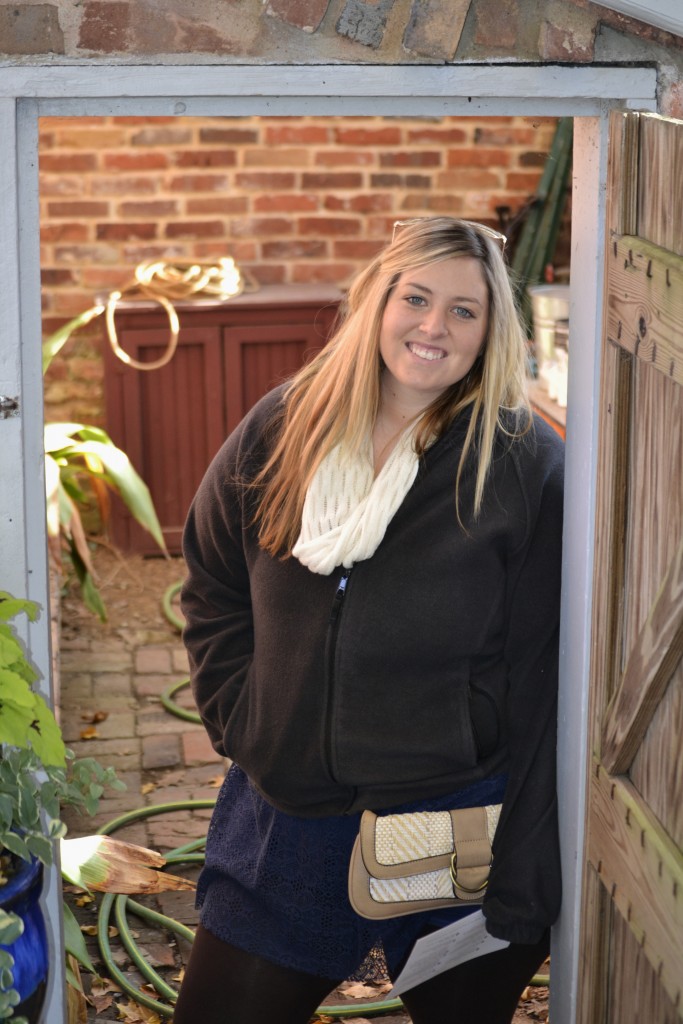
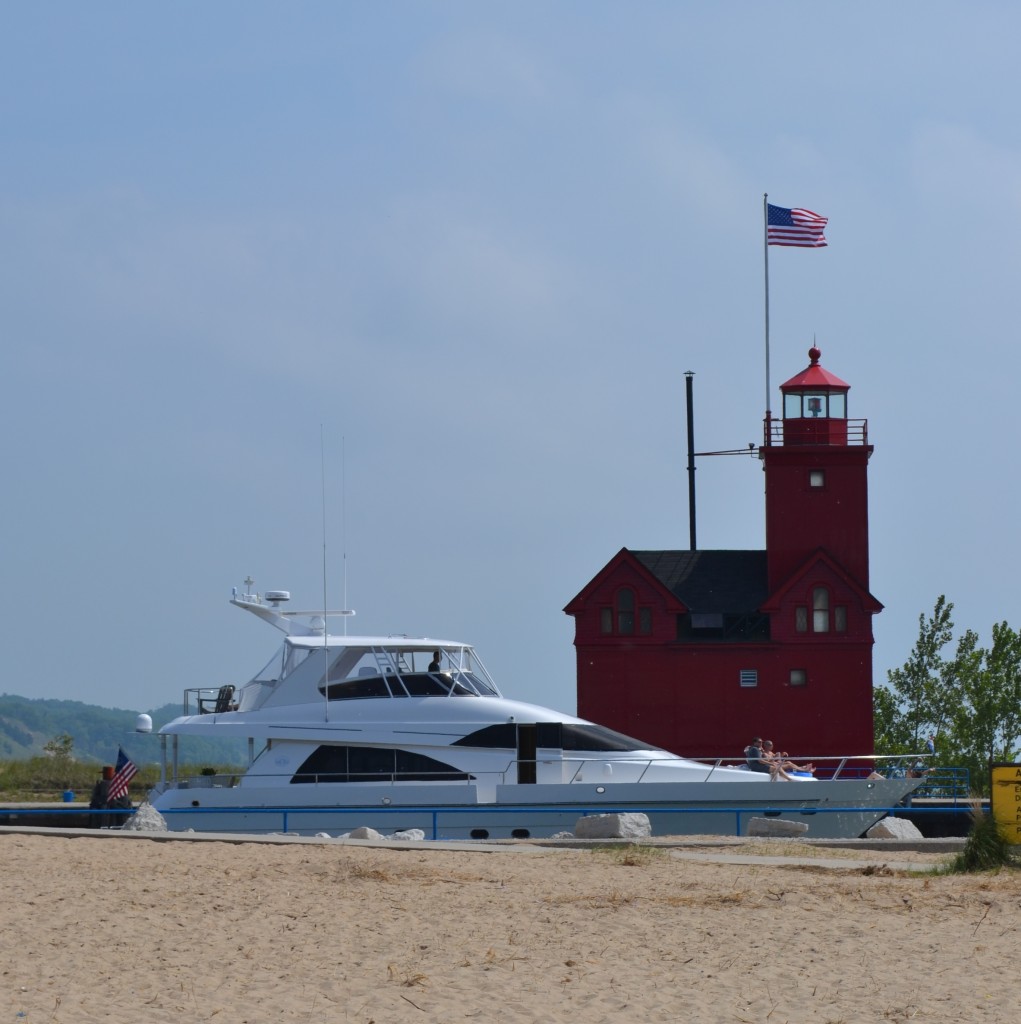
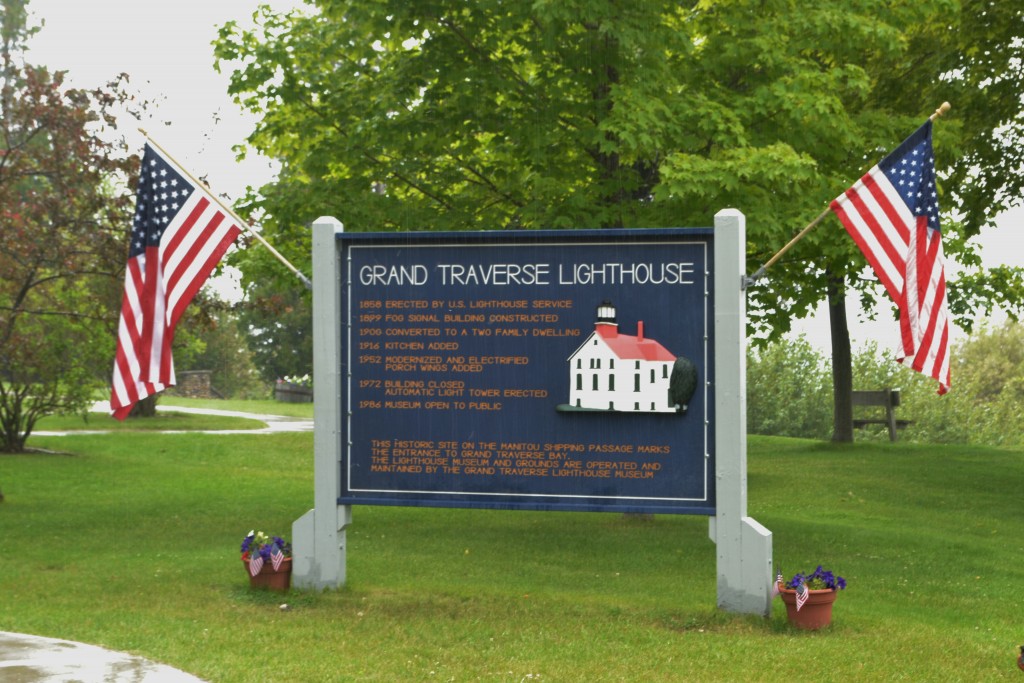 Later in the week, I chose to visit The
Later in the week, I chose to visit The 